The New York City artist’s loft is arguably among the most romanticized and coveted living spaces in the world. It has been used as a backdrop for avant-garde films by Andy Warhol, the central scene of a musical (yes, we’re talking about Rent), and more recently, as the focus of several museum shows (for example, the Whitney’s 2013 exhibit, Rituals of Rented Island). Last summer, CNN published an exquisite story giving readers an inside look at some of the city's last remaining artist lofts still being used by artists.
In this article:
When one thinks about a New York City artist’s loft, what likely comes to mind is an open, expansive, and unequivocally cool space—a space where anything is possible. While this may have been true at one point in the city’s history, the artist’s loft is neither readily affordable nor easily attainable in the 21st century. When David Bowie passed away in early 2016 and fans spontaneously gathered to mourn outside his Soho loft at 285 Lafayette Street, they were strolling past some of the city’s most expensive real estate. Indeed, if you’re looking to buy in the building where Bowie once lived, you’ll need at least $5 million to purchase according to recent sales.
More recently, homes owned by New York City artists have been in the headlines for their high prices. The New York Post announced the $5.5 million sale of a West Village commercial building that Pop Art icon Roy Lichtenstein used to store several of his works. It is located up the street from Mr. Lichtenstein’s former residence.
Shortly after the sale of Mr. Lichtenstein’s former building, the Soho loft of fine art photographer Renate Aller entered contract with an asking price of $8.25 million in one of the highest-priced contracts of the week. The apartment is located at 33 Greene Street, a cast iron loft building turned cooperative, and Ms. Aller and her husband, financial advisor Hugh Aller, embarked on a massive renovation that included carving out distinctive rooms, including a studio for Ms. Aller, and creating wall space for her large-scale works. Listing broker Erin Boisson Aries told Mansion Global, “It was all done through the eyes of an amazing artist.”
Stories like these raise the obvious question: How did New York City artists’ lofts, especially those in Soho, go from accessible to virtually unattainable in just a few decades? This article looks at the history of artists' lofts and what the future holds for New York's creative class.
When one thinks about a New York City artist’s loft, what likely comes to mind is an open, expansive, and unequivocally cool space—a space where anything is possible.
When Soho was a “Last Resort” for Artists
Today, it may be difficult for many New Yorkers to believe that in the early 1970s, Soho was considered a refuge for struggling artists. Indeed, a May 1970 headline in the New York Times declared Soho to be a “last resort” for artists. As the article explained, “Soho is the only area left in Manhattan where the loft space [artists] need is still available at reasonable rates.” But even in 1970 when Soho was still an affordable, albeit at times crime ridden, oasis for artists, there were concerns about the neighborhood’s pending transformation into a highly valued real estate enclave.
As written in the same New York Times article, by 1970, some artists were already worried that “Real estate developers would jump at the chance to replace the [neighborhood’s] stubby buildings with profitable high-rise buildings.” There was also concern that the city’s Planning Commission may simply raze the neighborhood to make way from middle-income housing. These concerns were not unfounded. Buildings that had sold for $30,000 in 1960 were, by early 1970, being sold for $150,000.
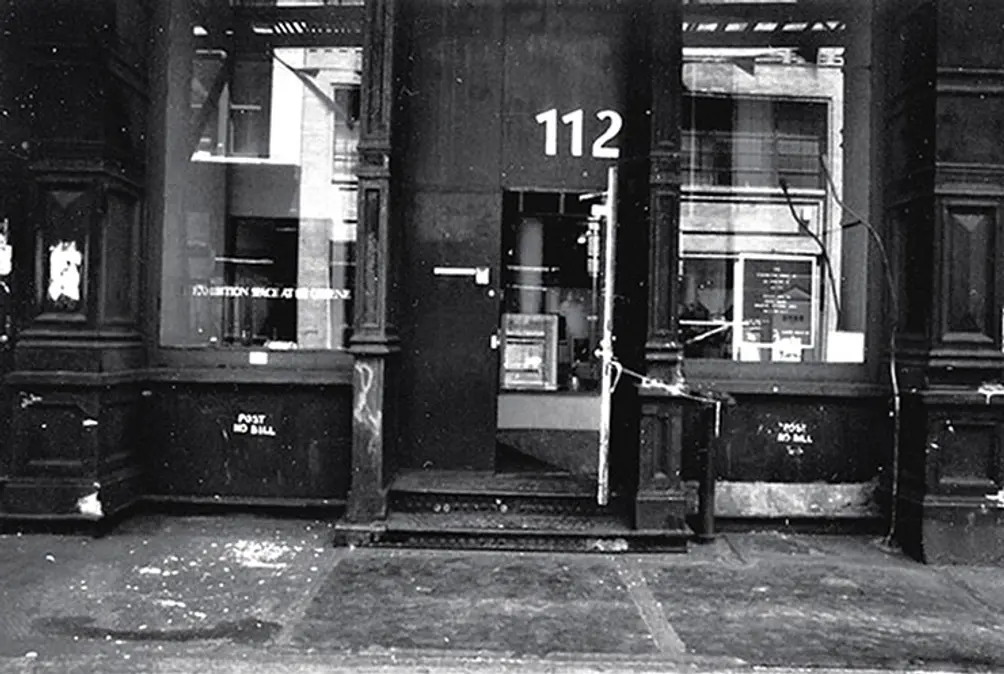 Soho's first artist collective at 112 Greene Street. The space opened in the early 1970s and is today home to a Stella McCartney boutique. Image via Market Fine Arts
Soho's first artist collective at 112 Greene Street. The space opened in the early 1970s and is today home to a Stella McCartney boutique. Image via Market Fine Arts
City planners and investors, however, were not the only groups of concern to Soho’s artists at the time. As reported, “Madison Avenue dealers have also discovered the charms of Soho’s deep lofts and lower prices.” While the arrival of dealers opening gallery spaces was cited as a welcome event for some of the neighborhood’s artists (namely those who had already bought into co-op buildings), it was also cited as a potential sign of alarm for the neighborhood’s many renters.
As early as 1970, Soho’s renters rightfully feared that the arrival of uptown gallerists would eventually drive up rental prices throughout the neighborhood. In the end, the neighborhood’s renters were right to be concerned. As one artist lamented, “Pretty soon we will have boutiques here and see-the-artist tours.” He was right. Today, some of the few artists who remain in Soho now live in unlikely locales, including above the Armani store at the corner of Spring and Thompson where a two-bedroom loft sold for nearly $3 million.
As early as 1970, Soho’s renters rightfully feared that the arrival of uptown gallerists would eventually drive up rental prices throughout the neighborhood. In the end, the neighborhood’s renters were right to be concerned. As one artist lamented, “Pretty soon we will have boutiques here and see-the-artist tours.” He was right. Today, some of the few artists who remain in Soho now live in unlikely locales, including above the Armani store at the corner of Spring and Thompson where a two-bedroom loft sold for nearly $3 million.
The Establishment of the Loft Law and Loft Board
In the end, it would take somewhat longer for Soho to become out of reach for artists than originally expected. This had much to do with the city’s economic misfortunes and rising crime rates throughout the 1970s. By the early 1980s, however, the city was slowly beginning to rebound. While the East Village and Lower East Side remained highly affordable and crime ridden, Soho—with what had become an established, internationally recognized art scene—was well positioned for gentrification. Adding to the gentrification process, however, was another factor—the establishment of the New York City Loft Law.
In 1982, the New York State Legislature established the New York City Loft Law and related Loft Board “to regulate the conversion of certain buildings that were constructed for commercial and manufacturing use to lawful residential use.” On the surface, the Loft Law’s intentions were not necessarily designed to target artists but simply designed to force landlords to bring illegal living spaces up to code—for example, by forcing landlords to comply with fire safety requirements. In the end, however, the establishment of the Loft Law had two immediate and ultimately devastating consequences.
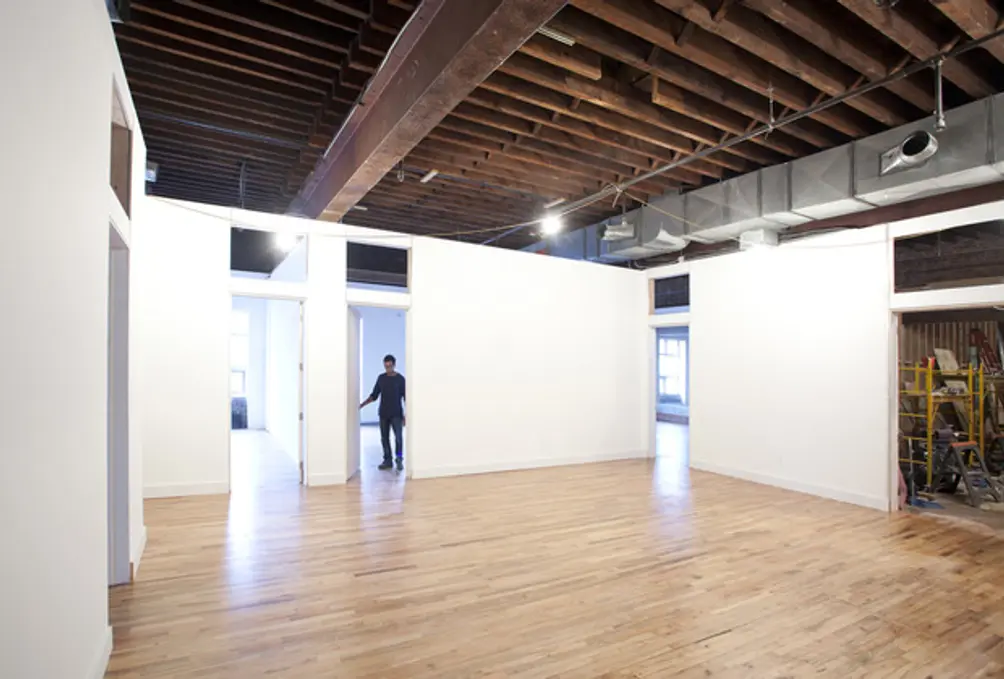 Image via The Listing Project
Image via The Listing Project
In some cases, landlords responded to the new legislation by simply pushing out tenants. This was a relatively simple task since most of Soho’s renters had never held leases. After all, they had been living and working in illegal spaces. Under the Loft Law, landlords were also permitted to pass along the cost of upgrading buildings to existing tenants. Not surprisingly, this resulted in drastic rent increases throughout the neighborhood and ultimately, the exodus of many artists. Indeed, the impact of the Loft Law on Soho was so devastating that urban planners around the world now use the term “Soho Effect” as shorthand to describe how manufacturing or industrial districts are gentrified, often using local artists as a vehicle to accelerate the process.
As a result, there are few working artists living in Soho or even south of 14th Street. The fortunate few that do are now in their sixties to eighties, and had either the means and foresight to purchase space in the 1970's, or the ability to snag and hold onto rent-controlled or rent-stabilized units.
As a result, there are few working artists living in Soho or even south of 14th Street. The fortunate few that do are now in their sixties to eighties, and had either the means and foresight to purchase space in the 1970's, or the ability to snag and hold onto rent-controlled or rent-stabilized units.
Finding a Live/Work Space
One tragic effect of rising rents and diminishing studio space is that not only are artists getting priced out of the neighborhoods that they helped put on the map, but the artist community of yesteryear is being split into fragments. Even in pre-pandemic days, artists searching for space spread out throughout Brooklyn, not to mention into Queens and the Bronx.
In the early twentieth century, artists and their backers put up a number of buildings throughout New York, allowing artists to live and work . Since then, though, many have been closed, demolished, or transformed into luxury buildings with multi-million dollar listings. One surviving community is the Westbeth Artist Community, but the waitlist closed in 2007 and a social services coordinator is now on site for senior and disabled tenants as the population ages.
In the early twentieth century, artists and their backers put up a number of buildings throughout New York, allowing artists to live and work . Since then, though, many have been closed, demolished, or transformed into luxury buildings with multi-million dollar listings. One surviving community is the Westbeth Artist Community, but the waitlist closed in 2007 and a social services coordinator is now on site for senior and disabled tenants as the population ages.
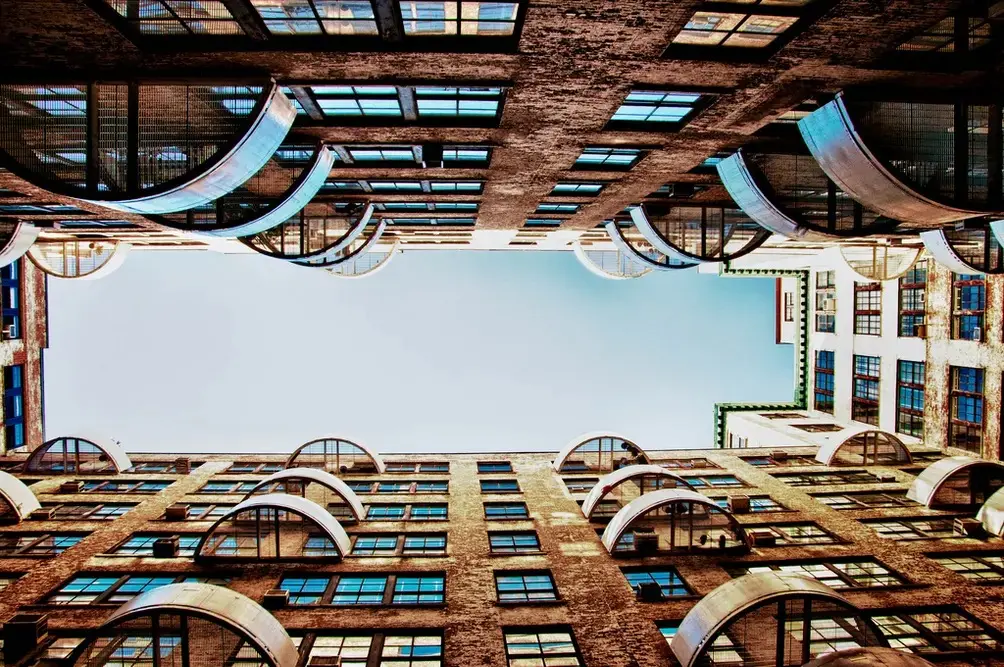 Westbeth in the West Village | Photo Credit: Jorge Quinteros' Flickr Photostream
Westbeth in the West Village | Photo Credit: Jorge Quinteros' Flickr Photostream
"The problem is not Westbeth, which has a finite number of apartments. The problem is that there are not more Westbeths!” - George Cominskie, President, Westbeth Artist Residents Council
Despite the diminishment of official artist housing, a number of unorthodox options have sprung up in recent years. Listings Project stemmed from artist Stephanie Diamond’s search for a New York apartment, and continues to send out carefully vetted listings for artist studios, shared rooms in artist-owned homes, and apartments for rent for and by artists. Indeed, the luckiest of young artists split the rent with fellow creatives who understand their struggles and what they need to do to work out of their homes.
Would you like to tour any of these properties?
Just complete the info below.
Or call us at (212) 755-5544
Active listings that reject cookie cutter
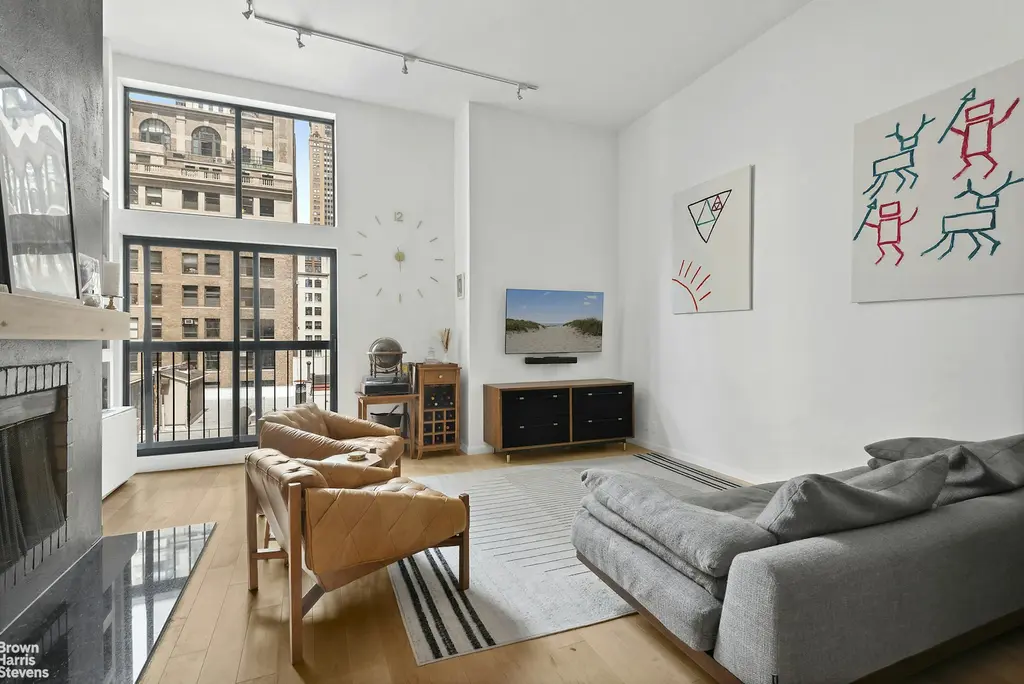
The Antoinette, #12G (Brown Harris Stevens Residential Sales LLC)
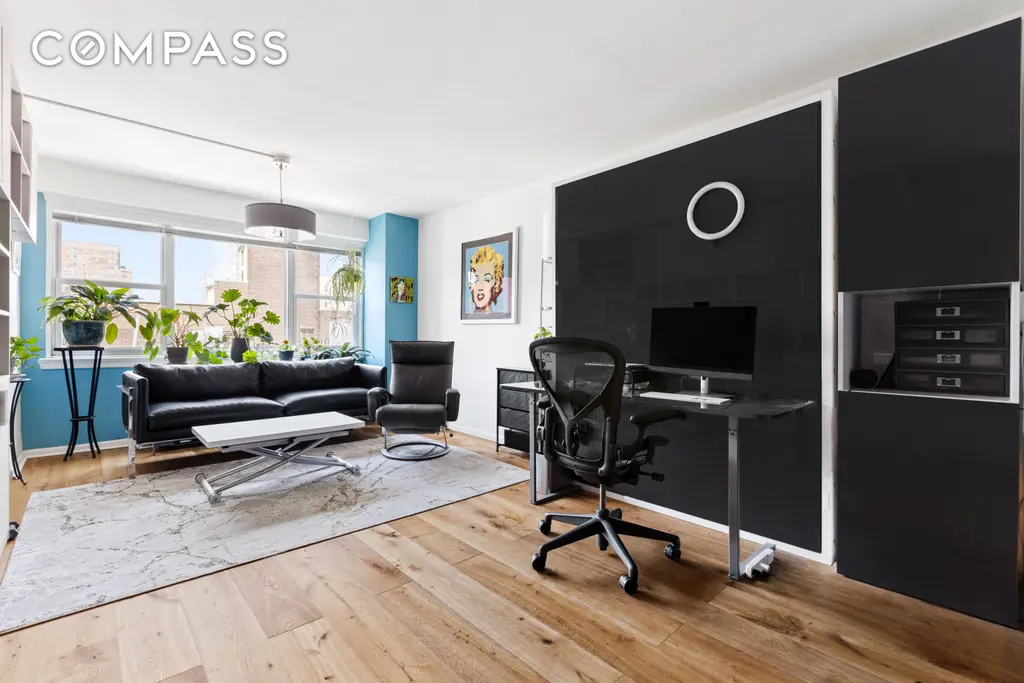
The John Adams, #9D (Compass)
The Williamsburg Firehouse Lofts, #1B
$699,000
Williamsburg | Condominium | 1 Bedroom, 1 Bath | 937 ft2
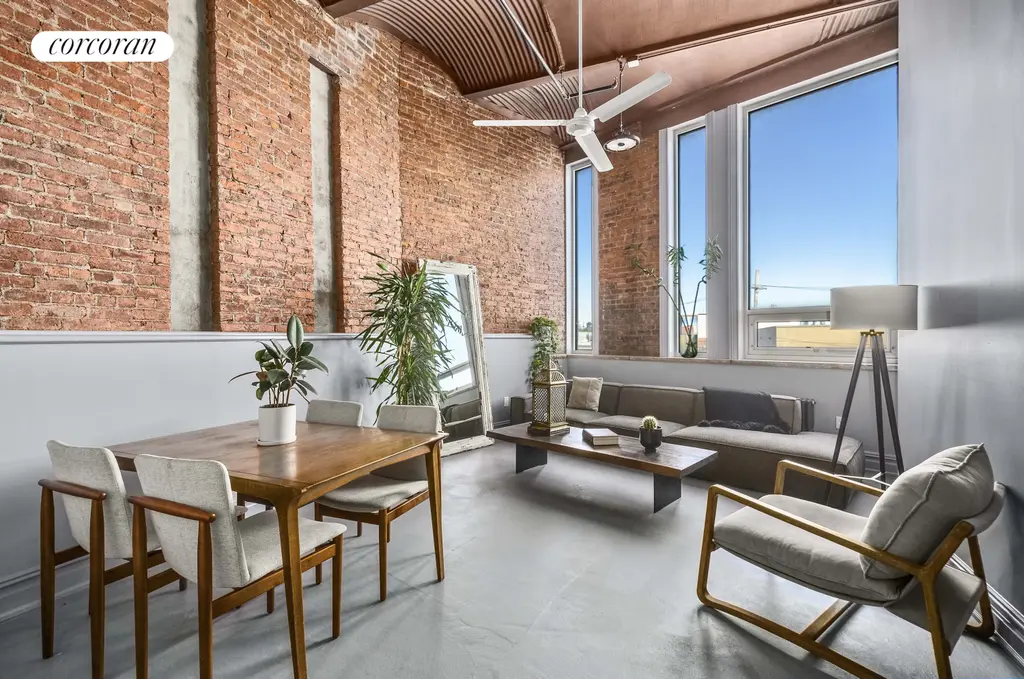
The Williamsburg Firehouse Lofts, #1B (Corcoran Group)
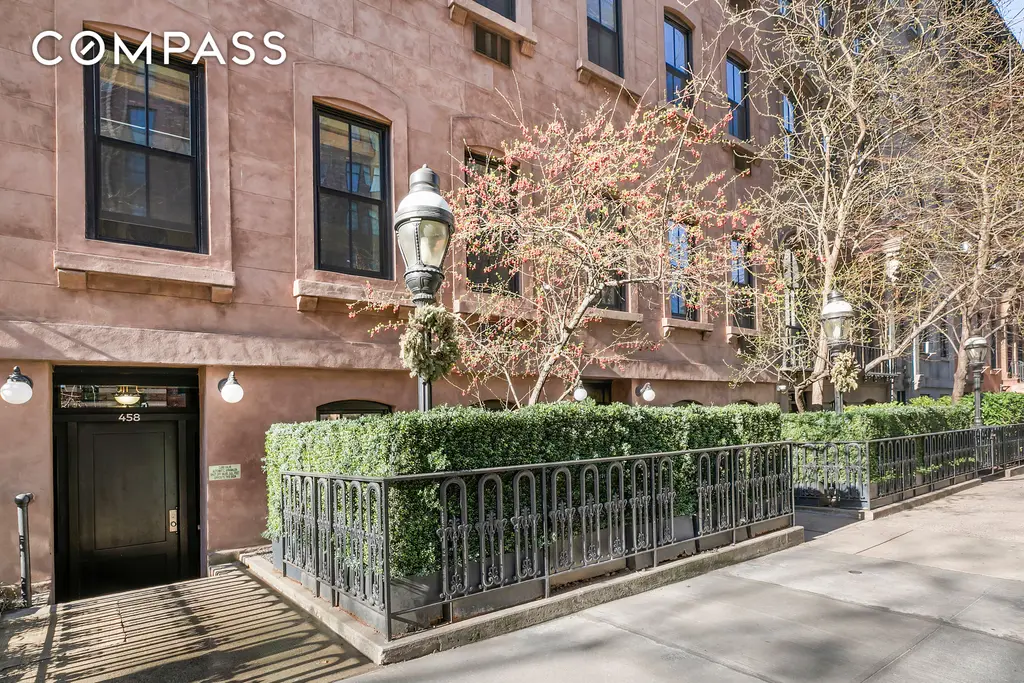
458 West 23rd Street, #3A (Compass)
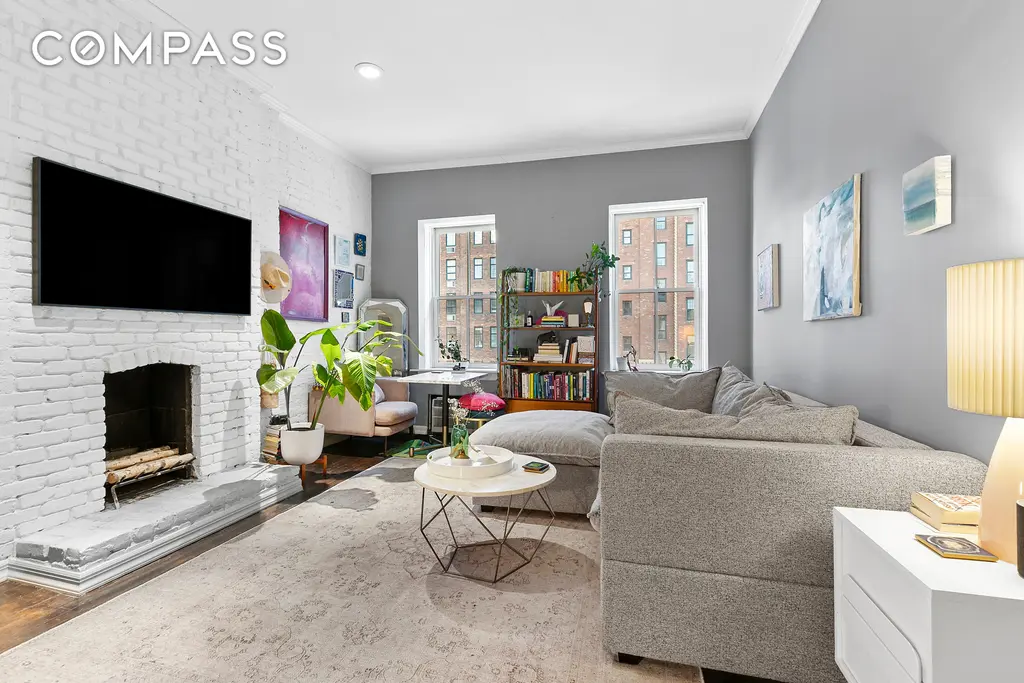
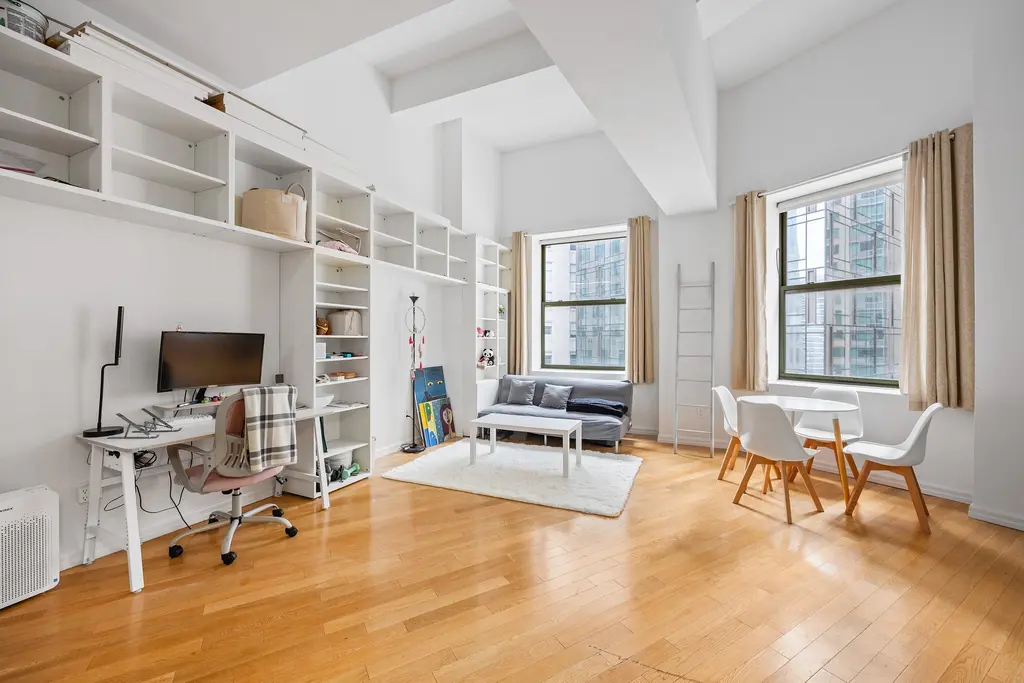
99 John Deco Lofts, #1213 (Keller Williams NYC)
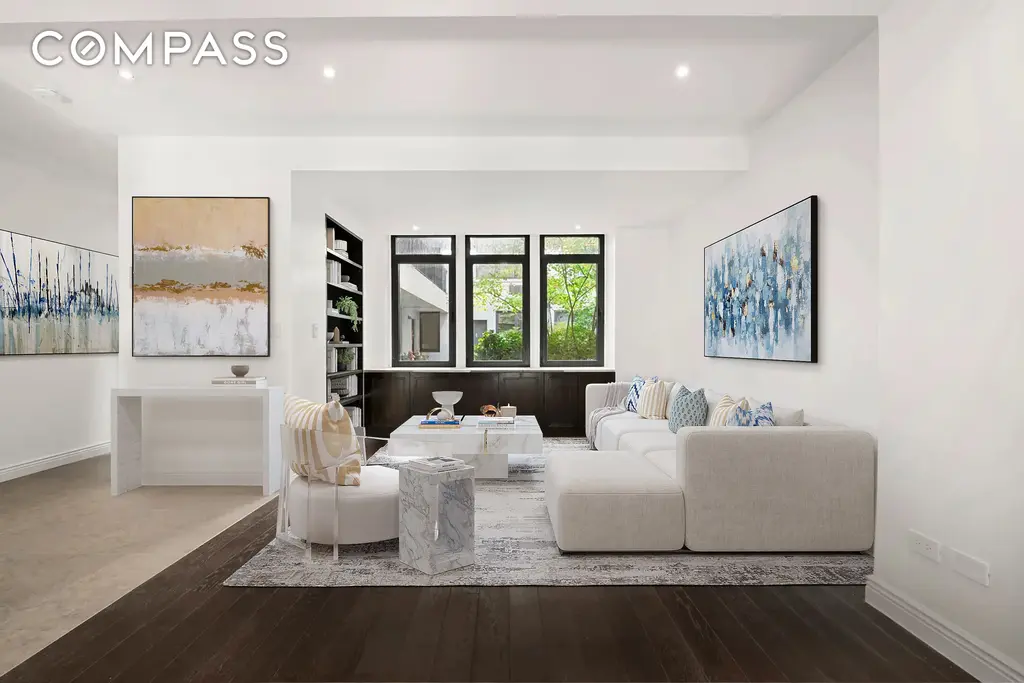
3 Hanover Square, #21C (Compass)
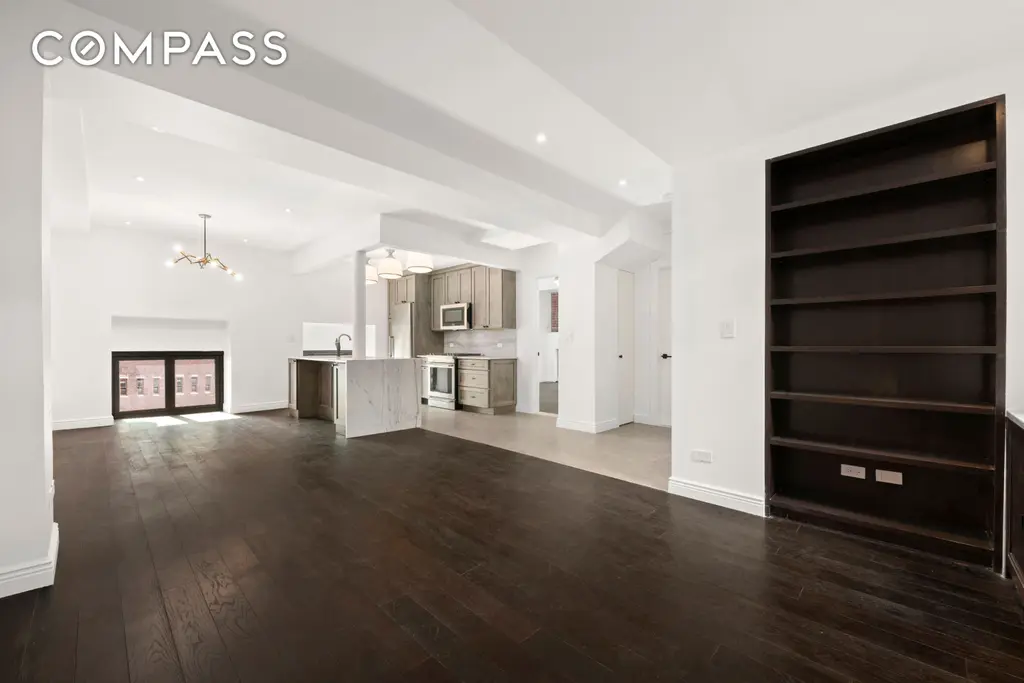
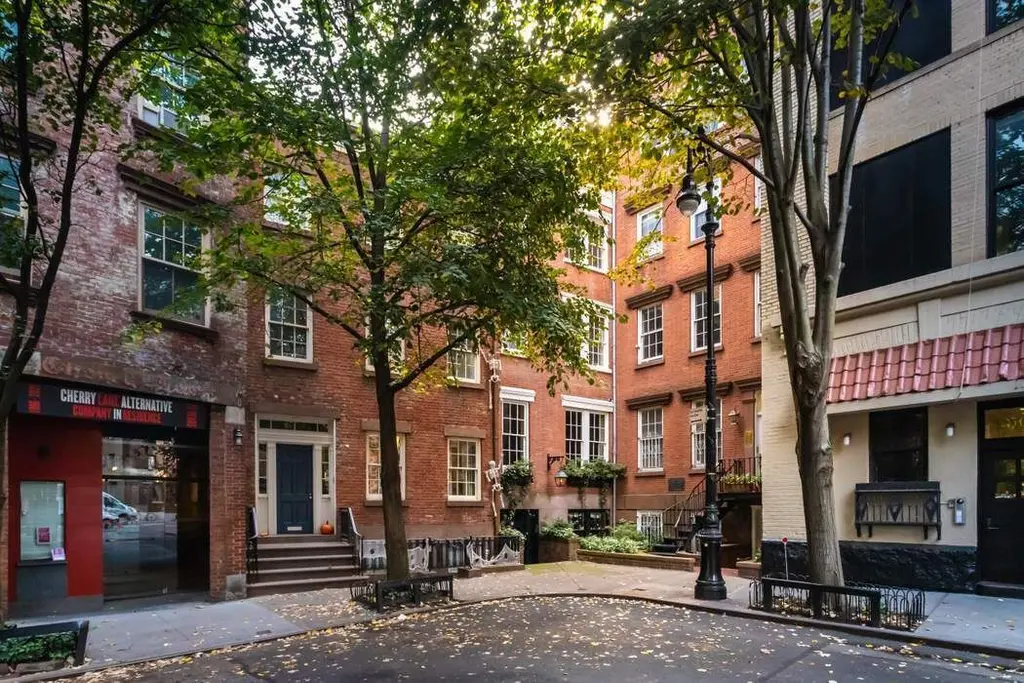
46 Commerce Street, #5 (Sothebys International Realty)
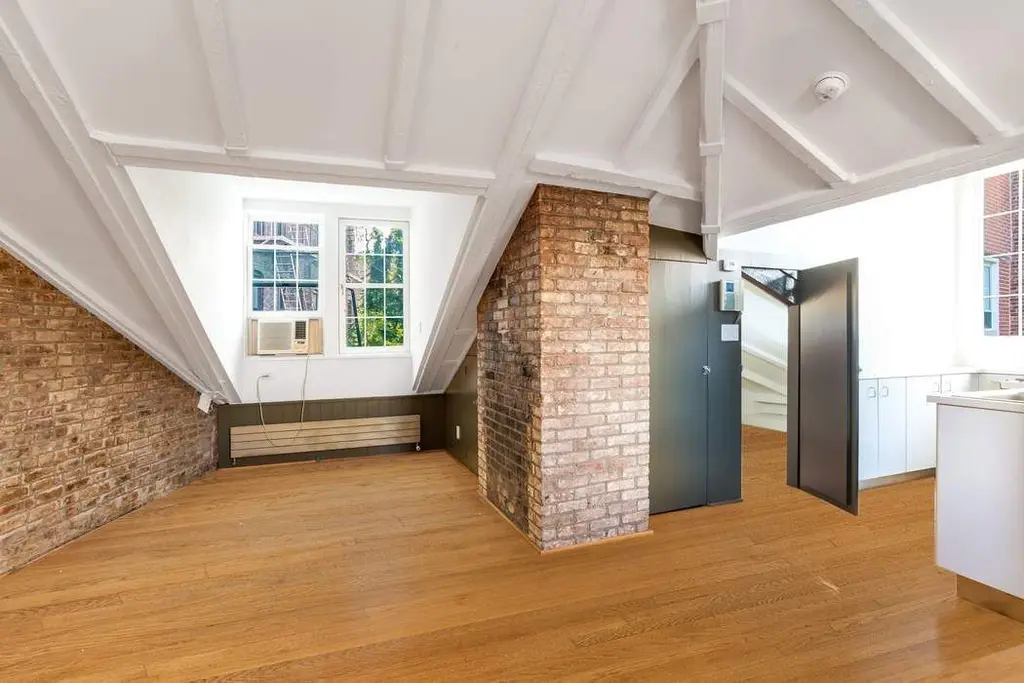
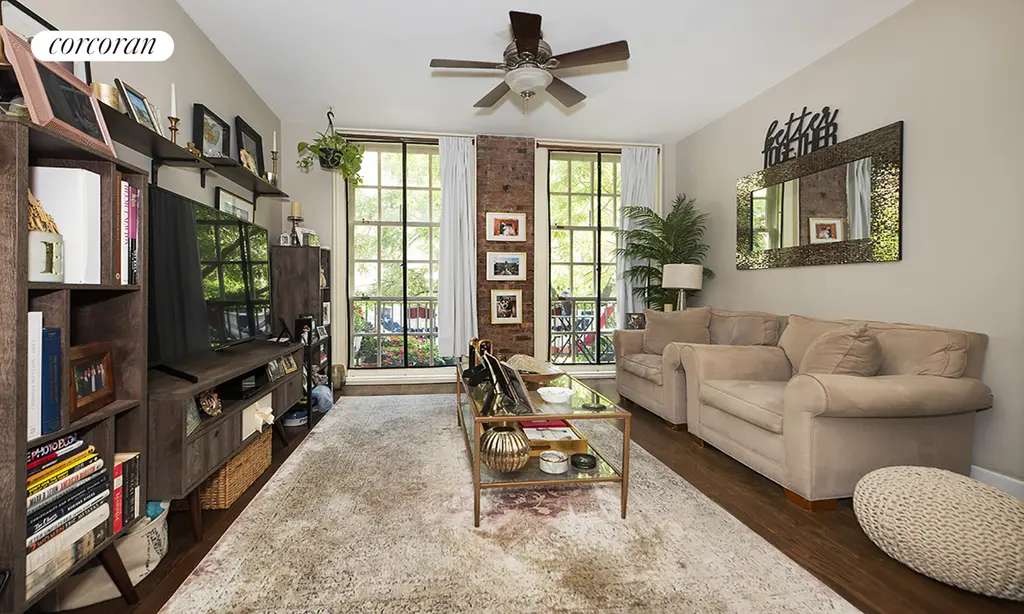
508 East 78th Street, #3B (Corcoran Group)
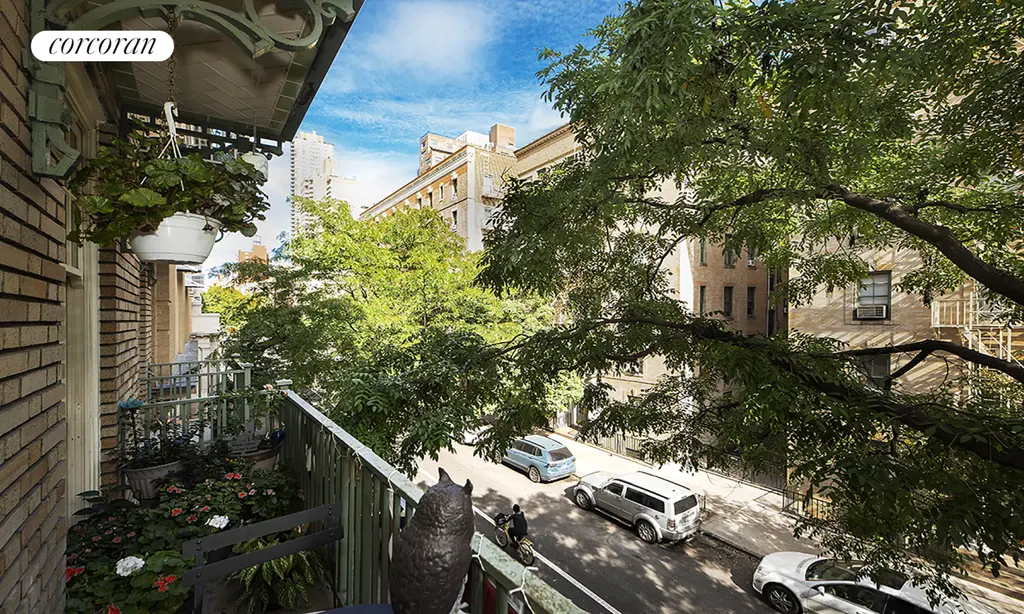
217 West 14th Street, #2RW (Corcoran Group)
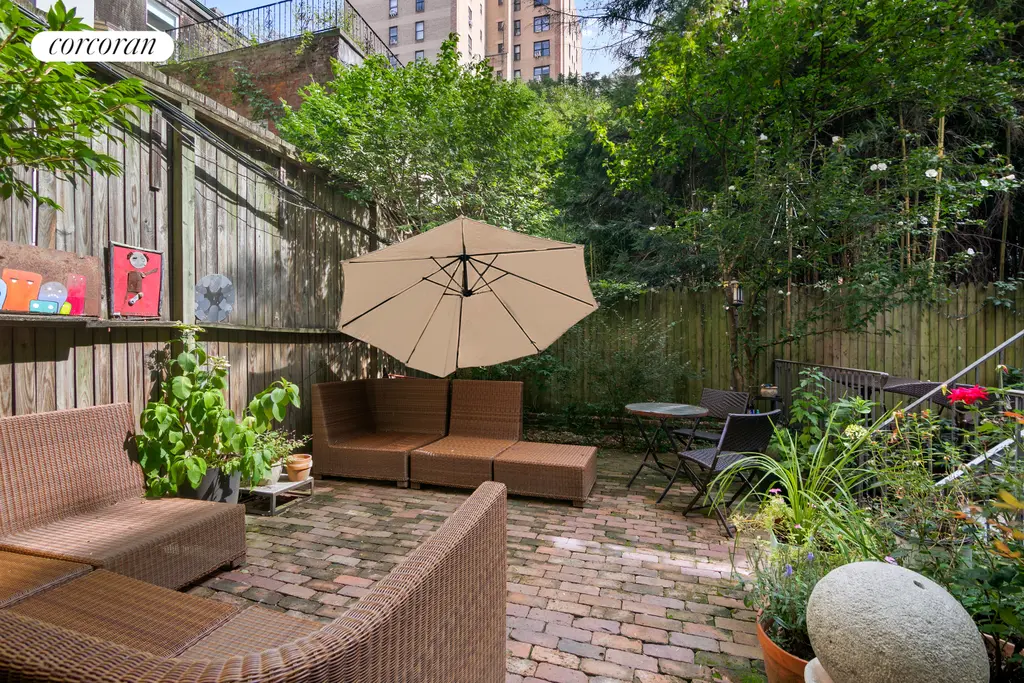
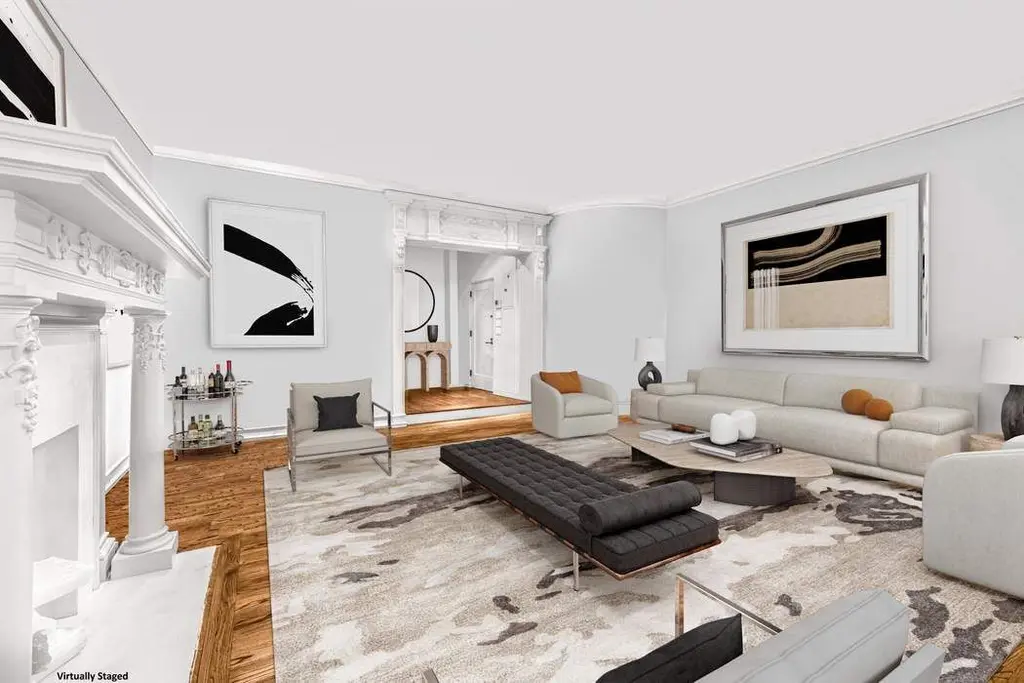
24 East 82nd Street, #1A (Sothebys International Realty)
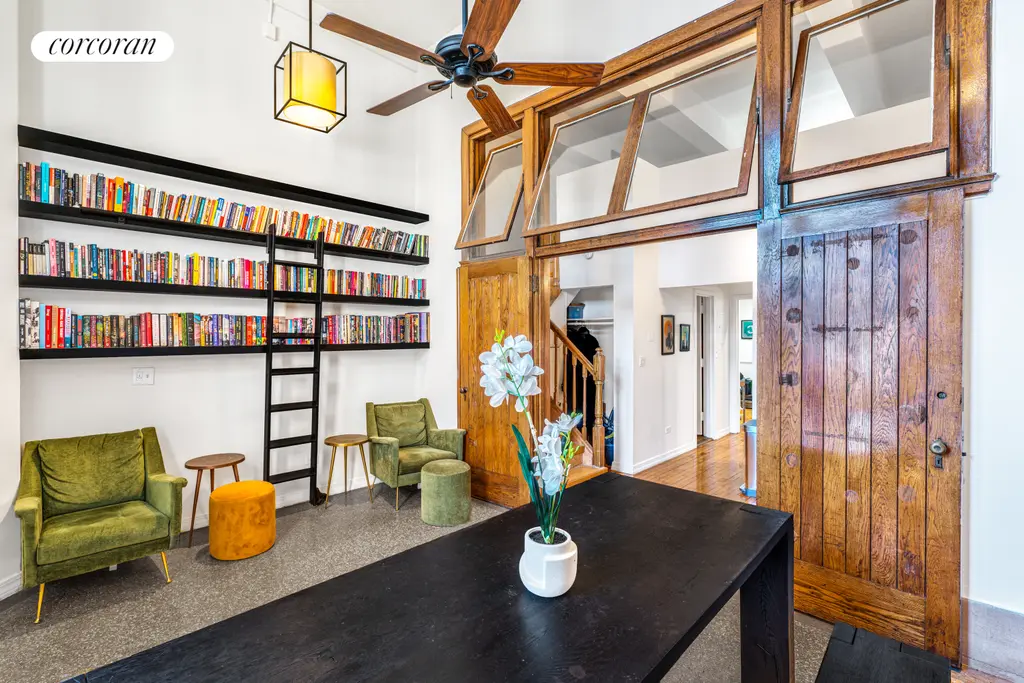
Cathedral Condominiums, #2F (Corcoran Group)
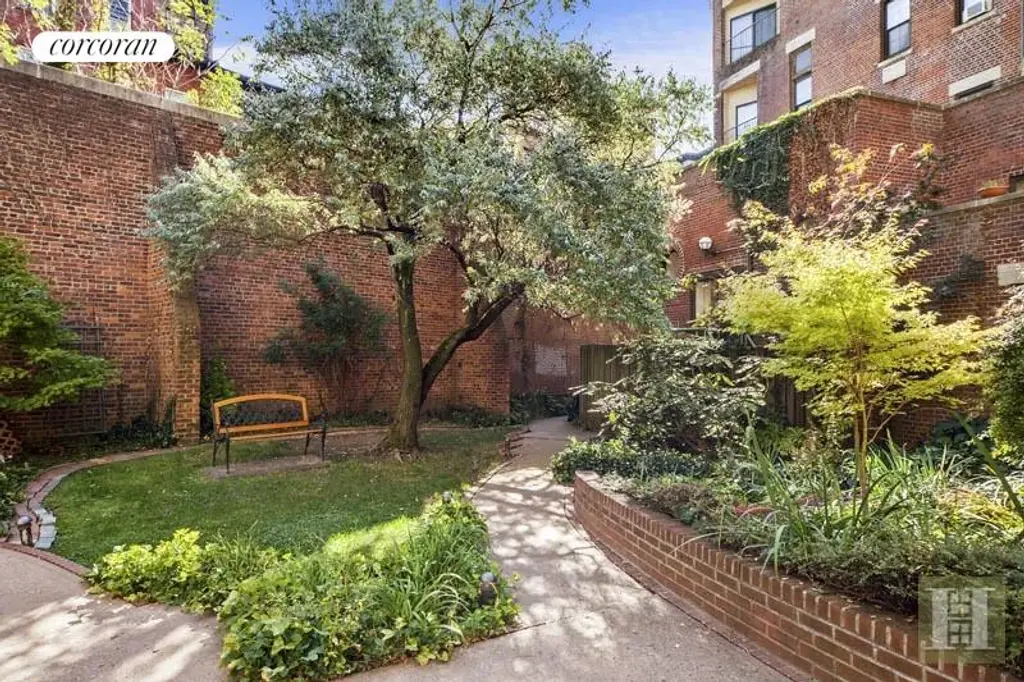
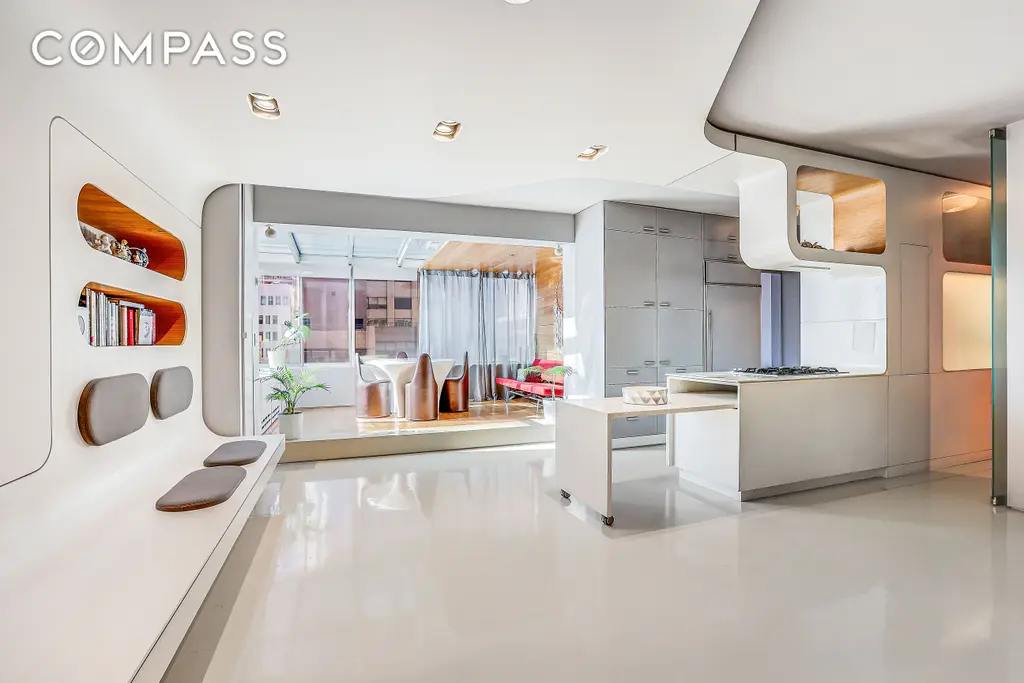
The Blair House, #16F (Compass)
71 East 77th Street, #9C
$1,250,000 (-2%)
Park/Fifth Ave. to 79th St. | Cooperative | 1 Bedroom, 2 Baths
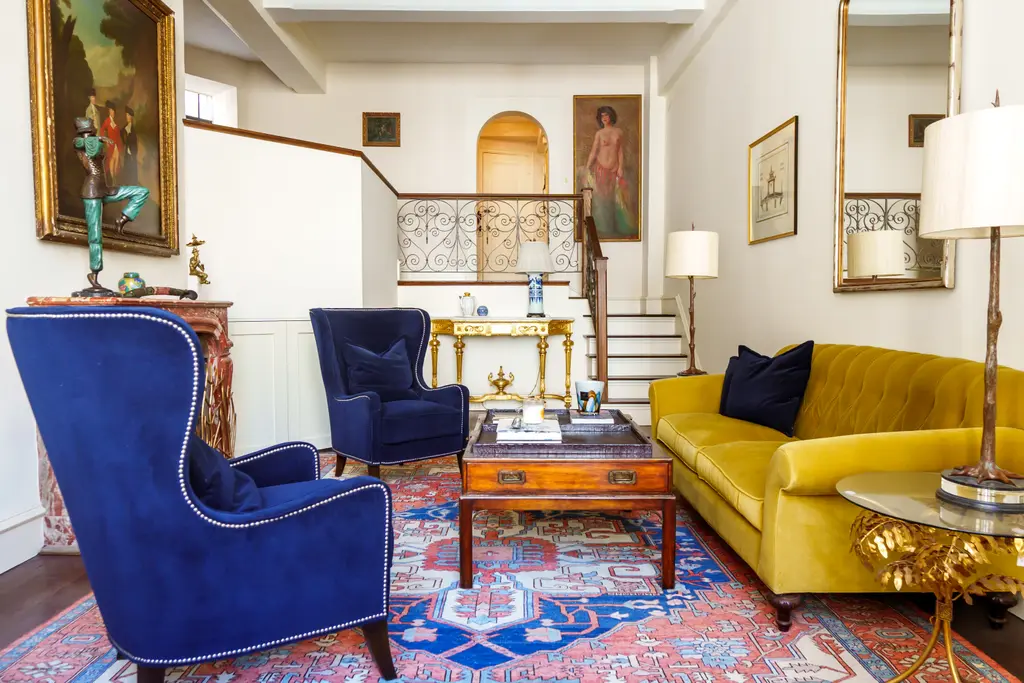
71 East 77th Street, #9C (Serhant)
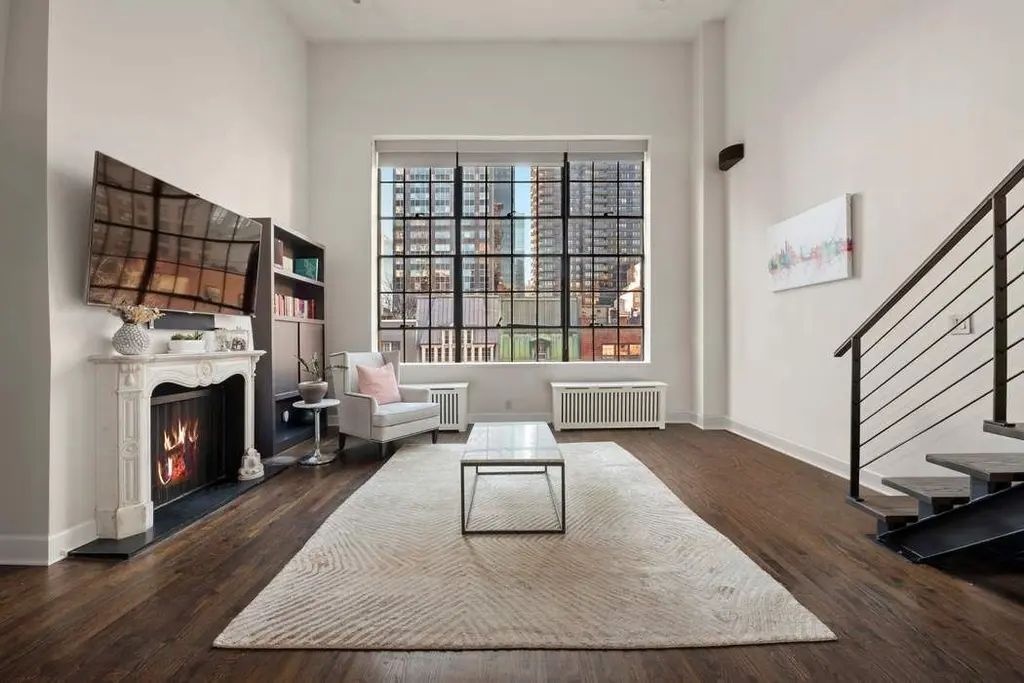
353 East 50th Street, #PH6 (Compass)
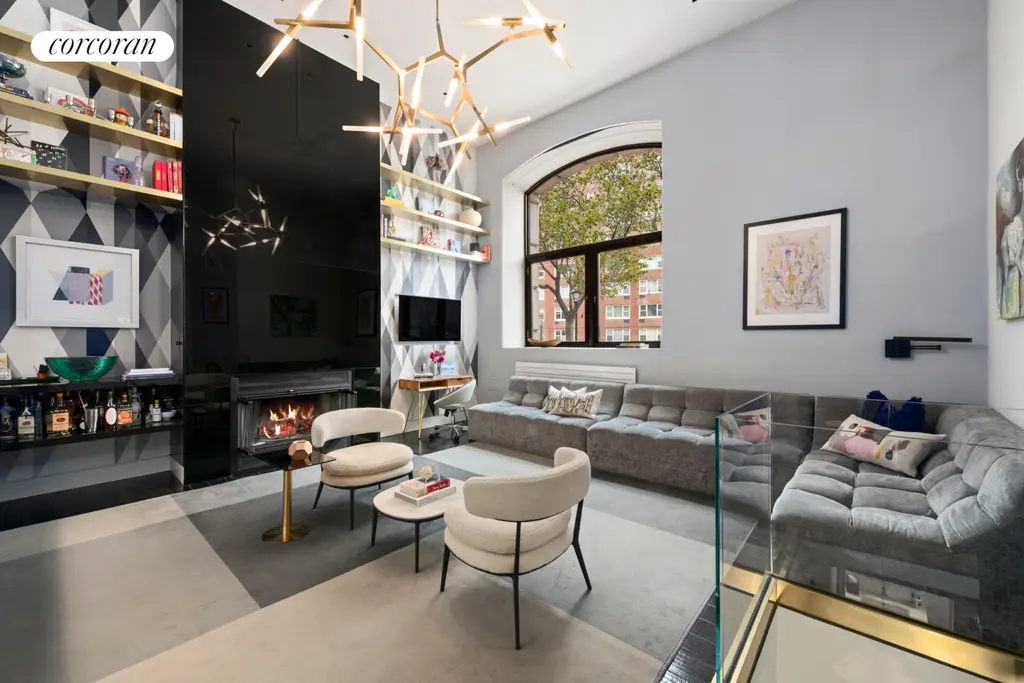
196 Sixth Avenue, #1A (Corcoran Group)
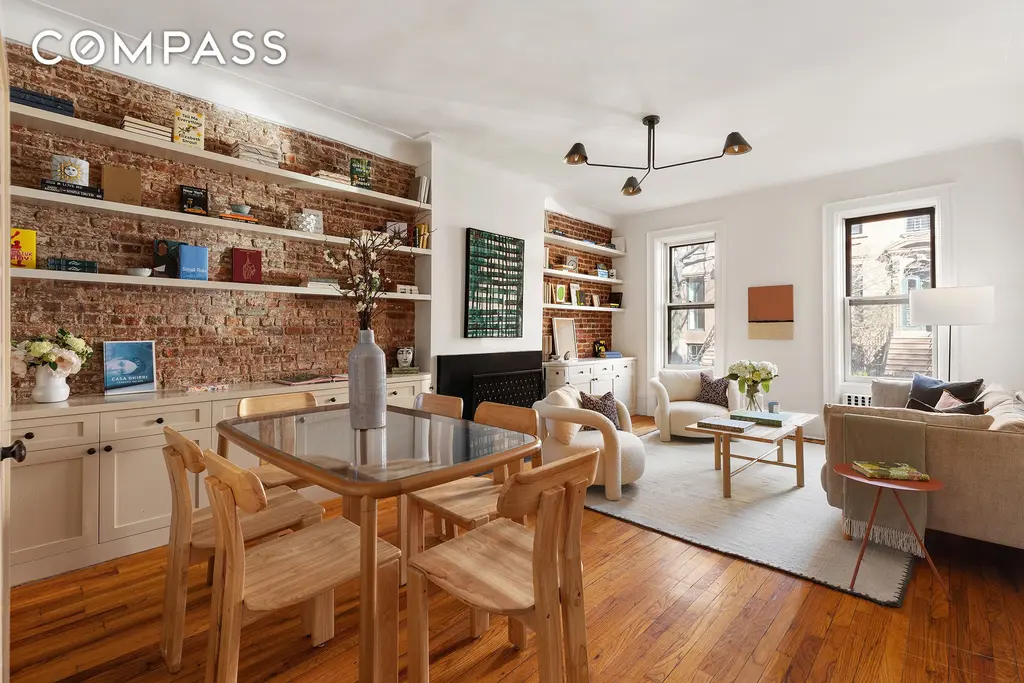
240 Warren Street, #PARLOR (Compass)
71 East 77th Street, #78C
$2,100,000
Park/Fifth Ave. to 79th St. | Cooperative | 3 Bedrooms, 3 Baths | 1,650 ft2
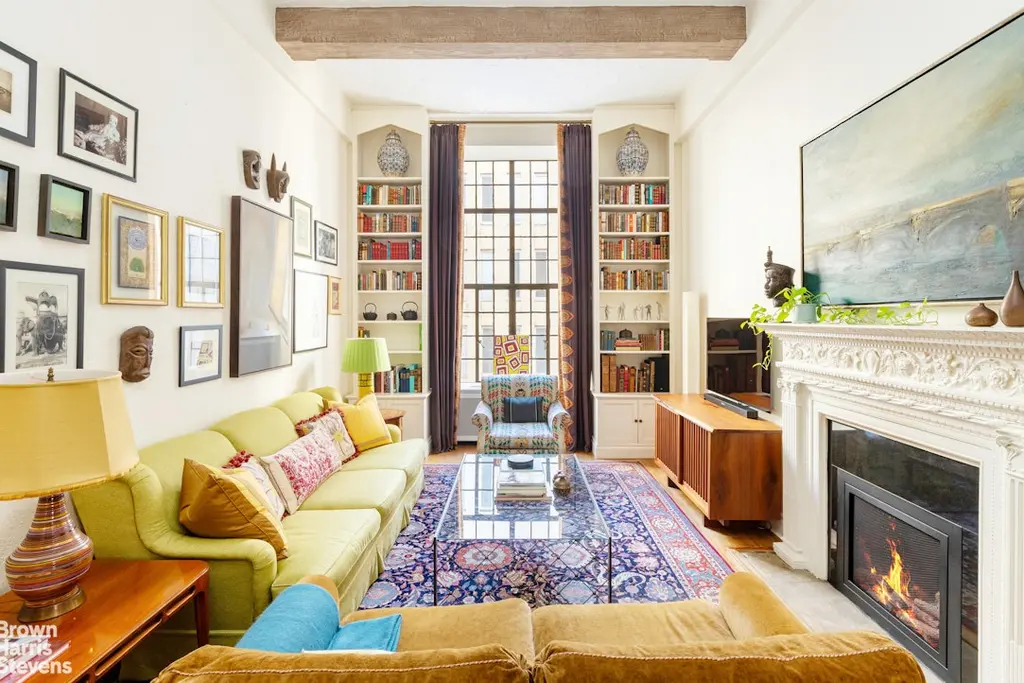
71 East 77th Street, #78C (Brown Harris Stevens Residential Sales LLC)
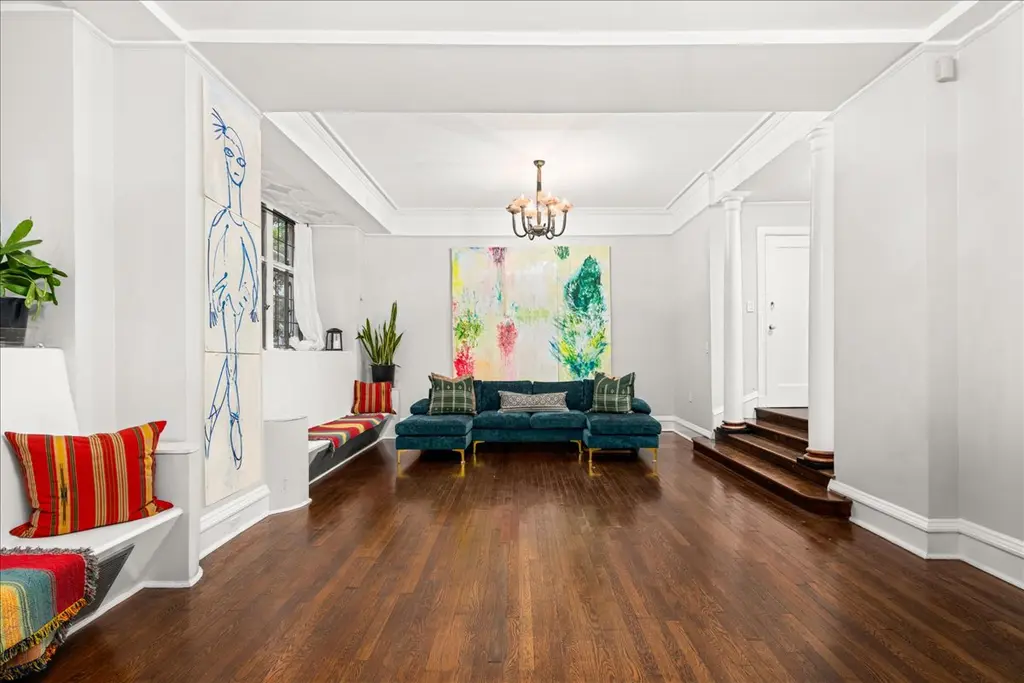
Hotel des Artistes, #2E (Serhant)
361 West 36th Street, #6FL
$2,550,000 (-25%)
Midtown West | Cooperative | 4 Bedrooms, 4 Baths | 4,300 ft2
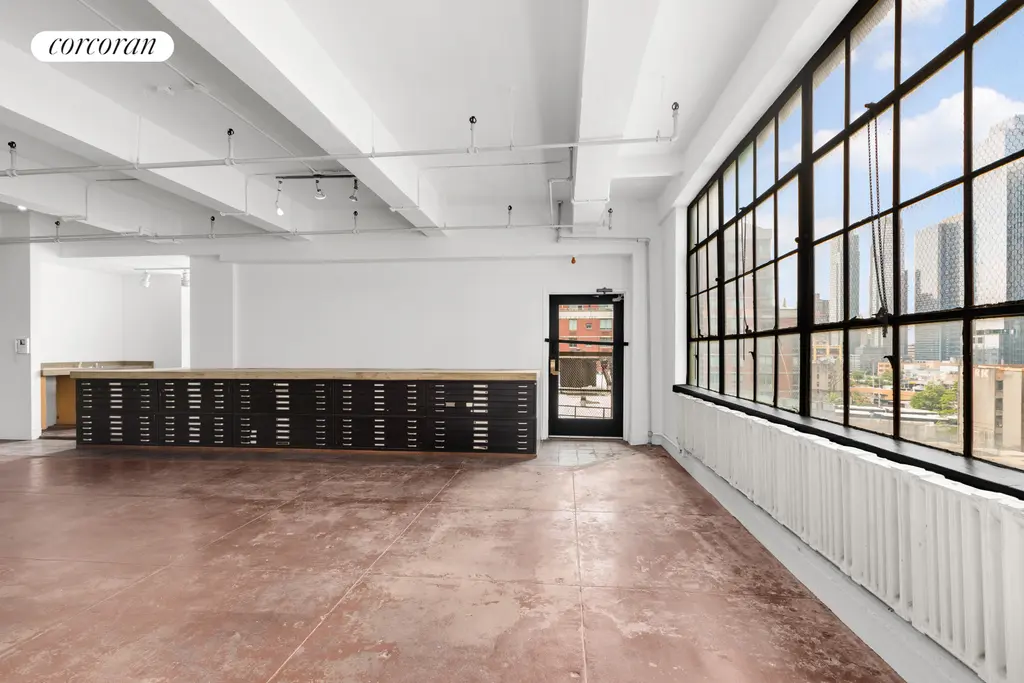
361 West 36th Street, #6FL (Corcoran Group)

153 Chambers Street, #3 (Brown Harris Stevens Residential Sales LLC)
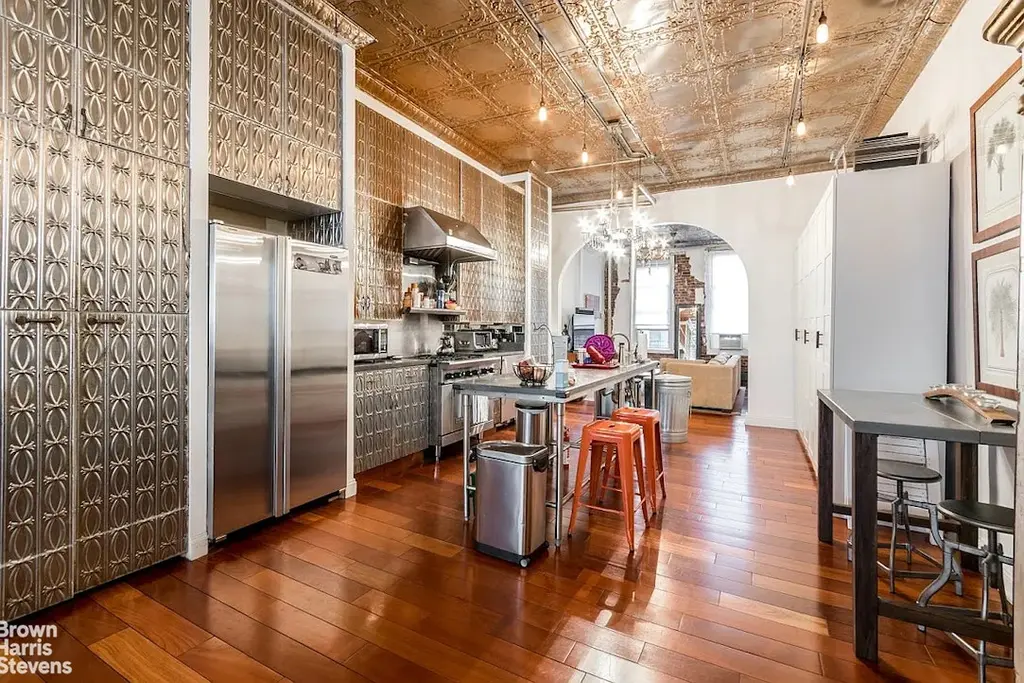
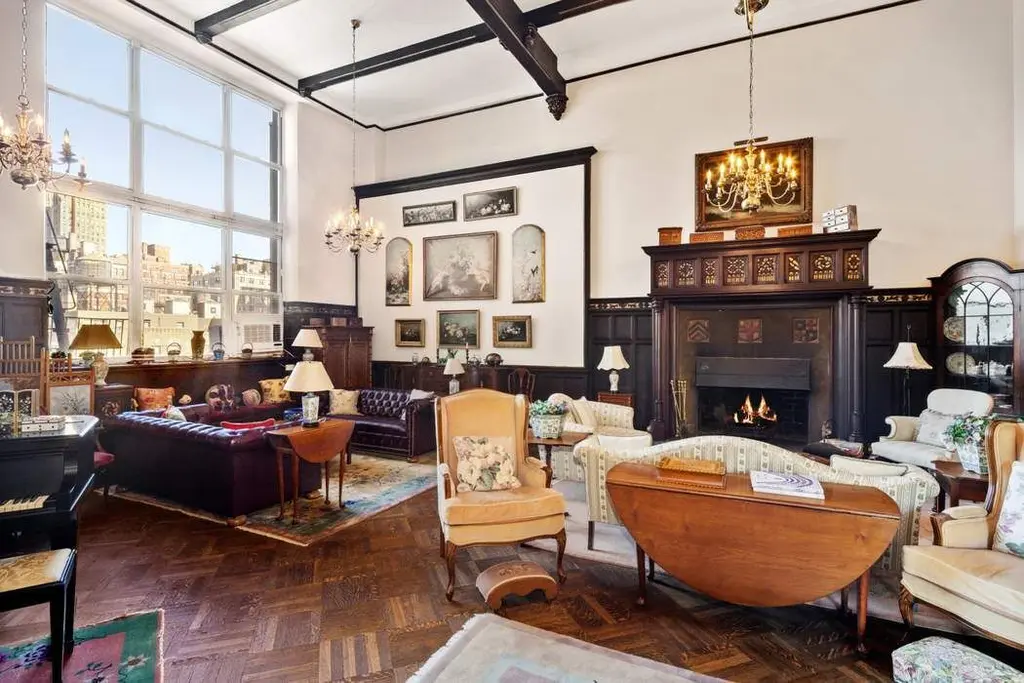
The Atelier, #6FE (Sothebys International Realty)
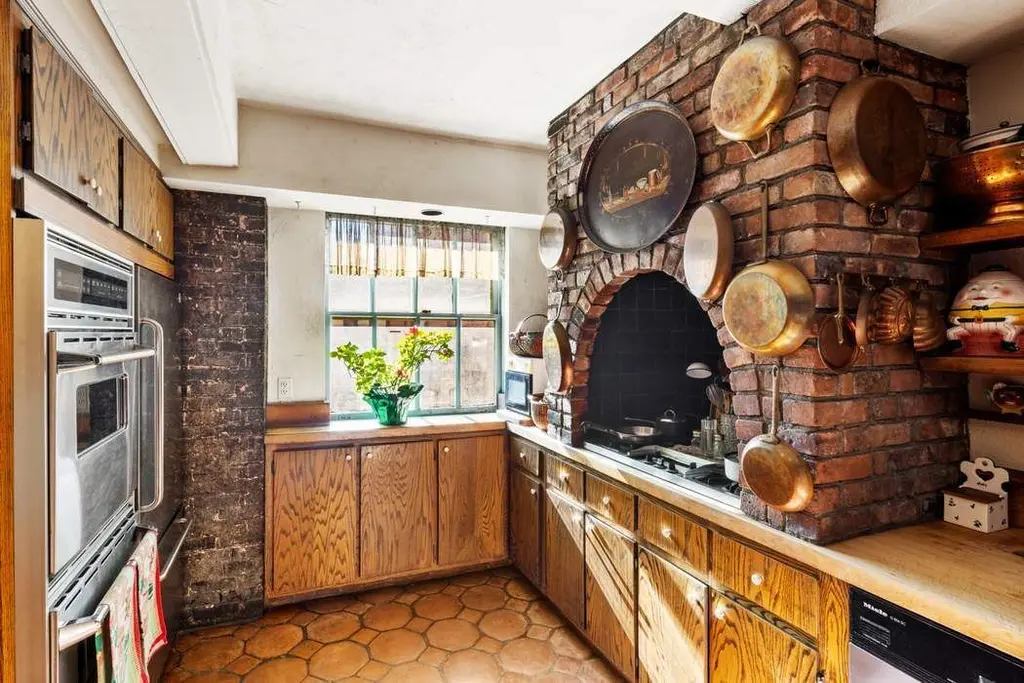
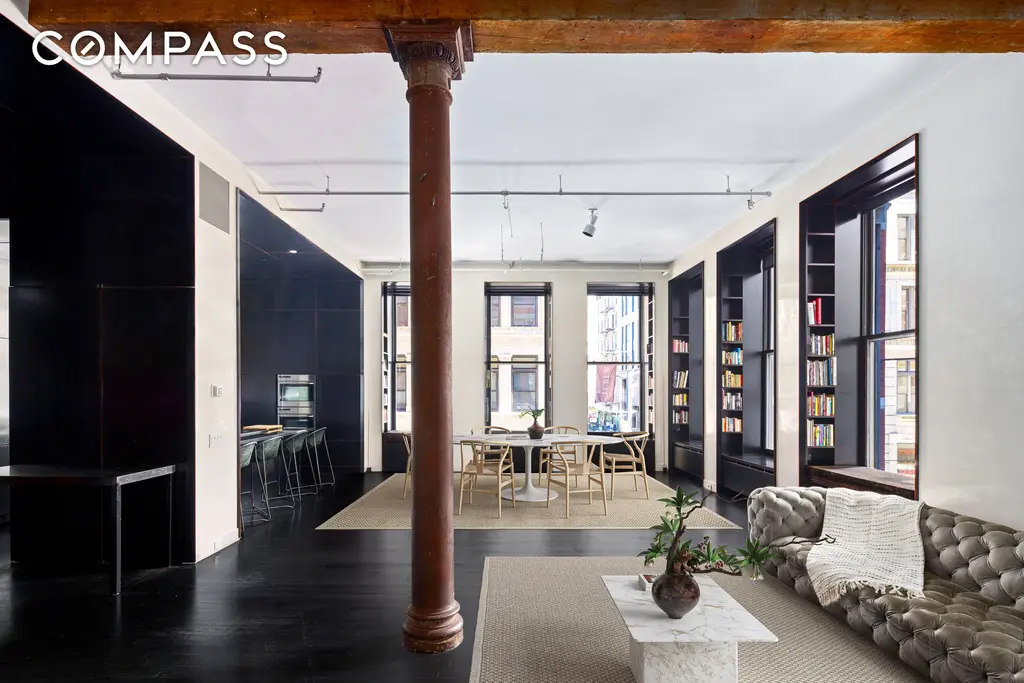
The Bayard, #2B (Compass)
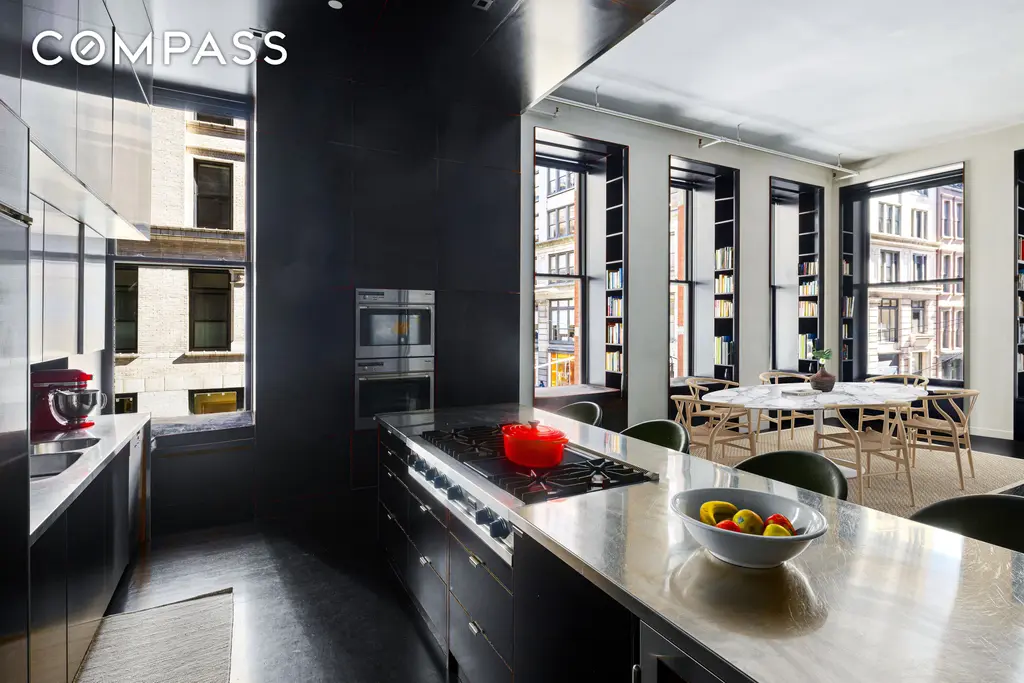
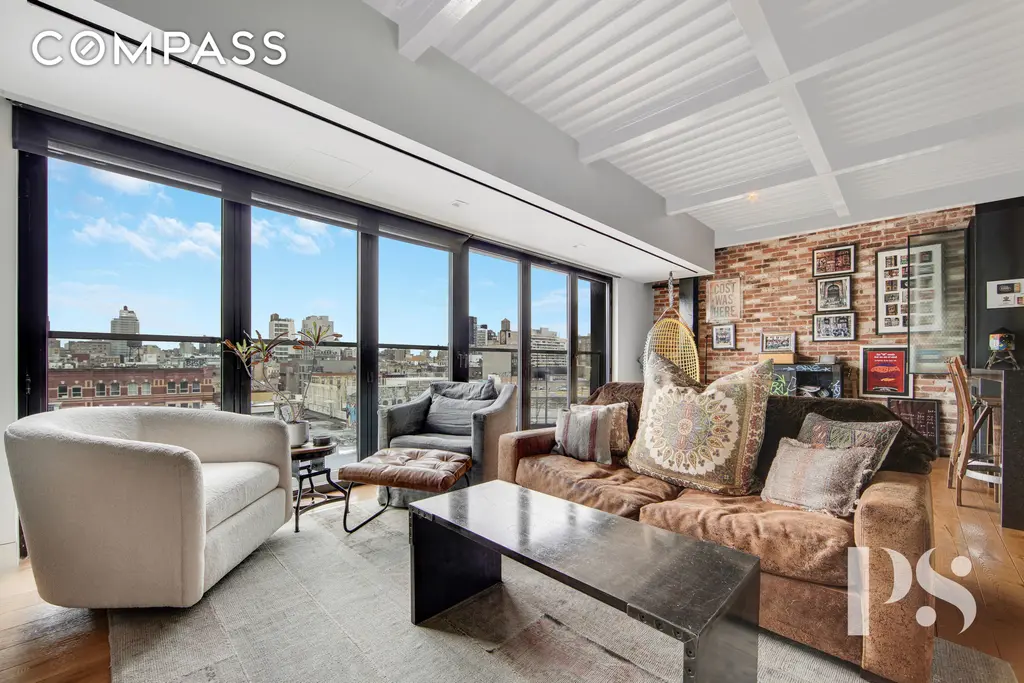
60 Orchard Street, #PH (Compass)
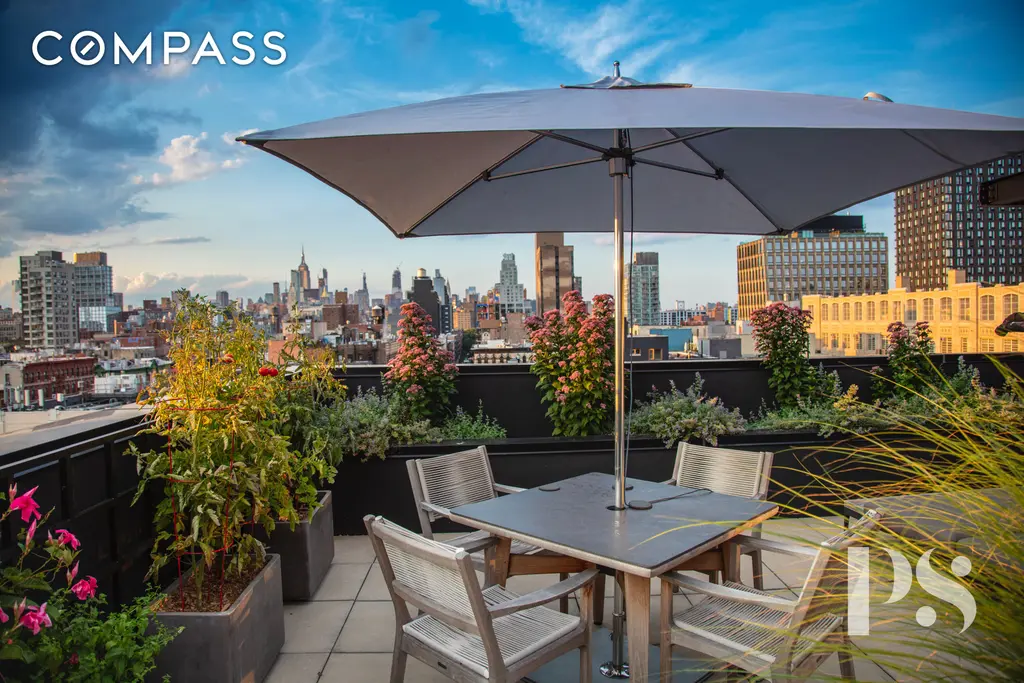
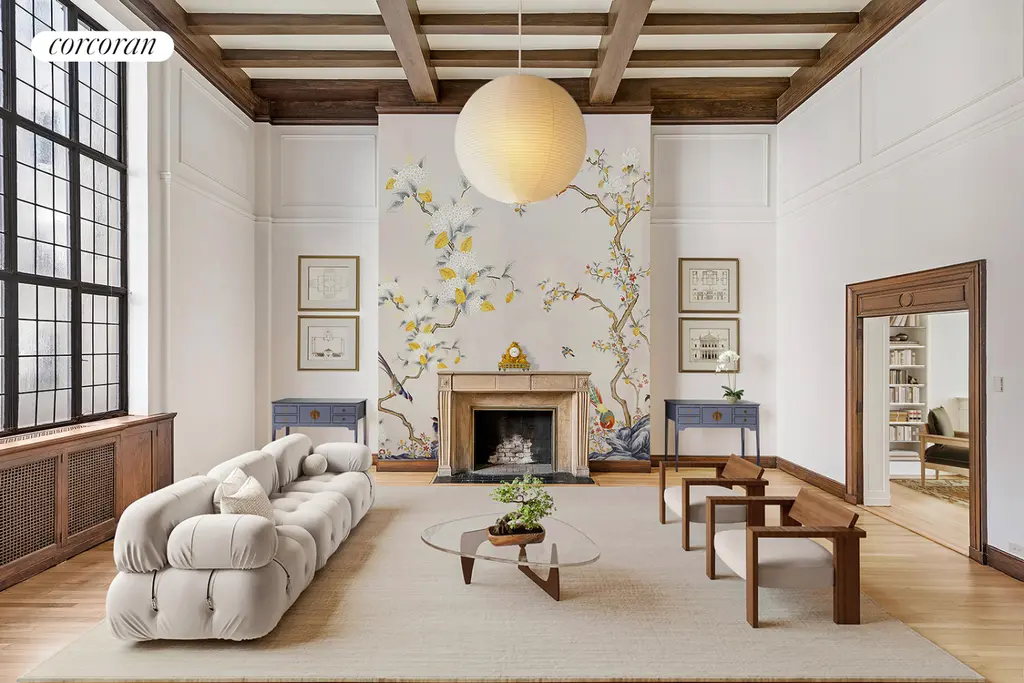
The Studio Building, #89C (Corcoran Group)
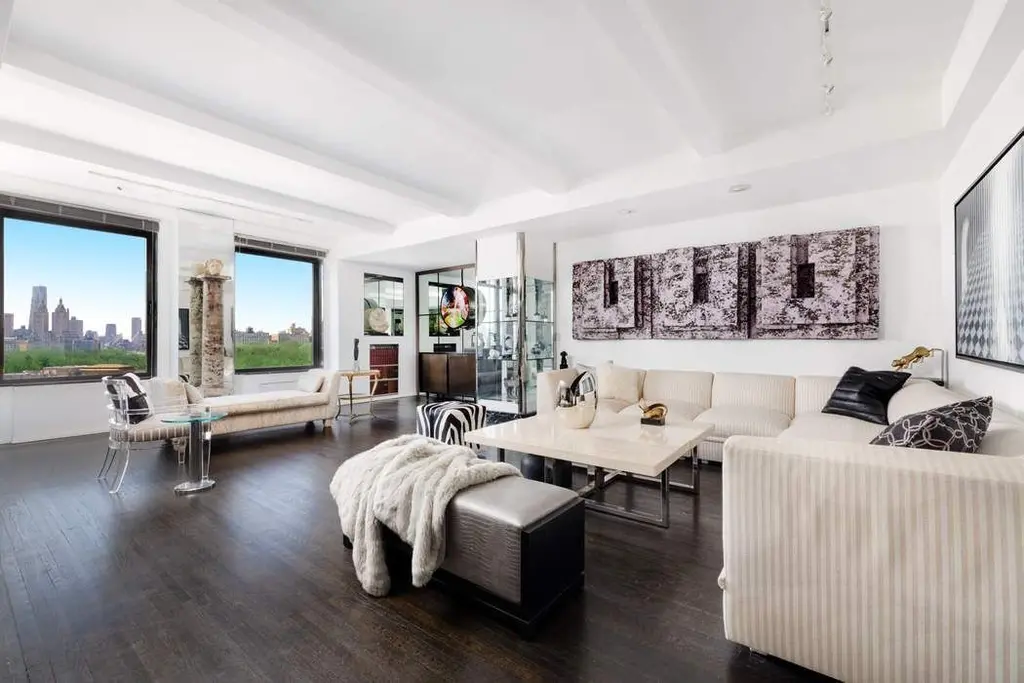
1010 Fifth Avenue, #12F (Sothebys International Realty)
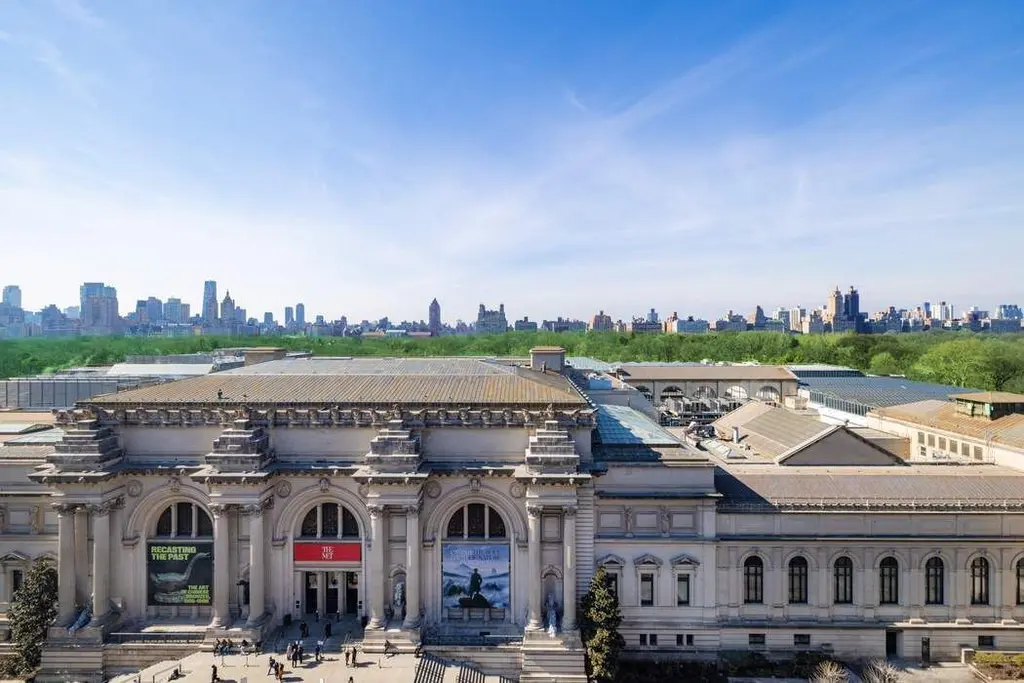

131 West 24th Street, #56 (Compass)
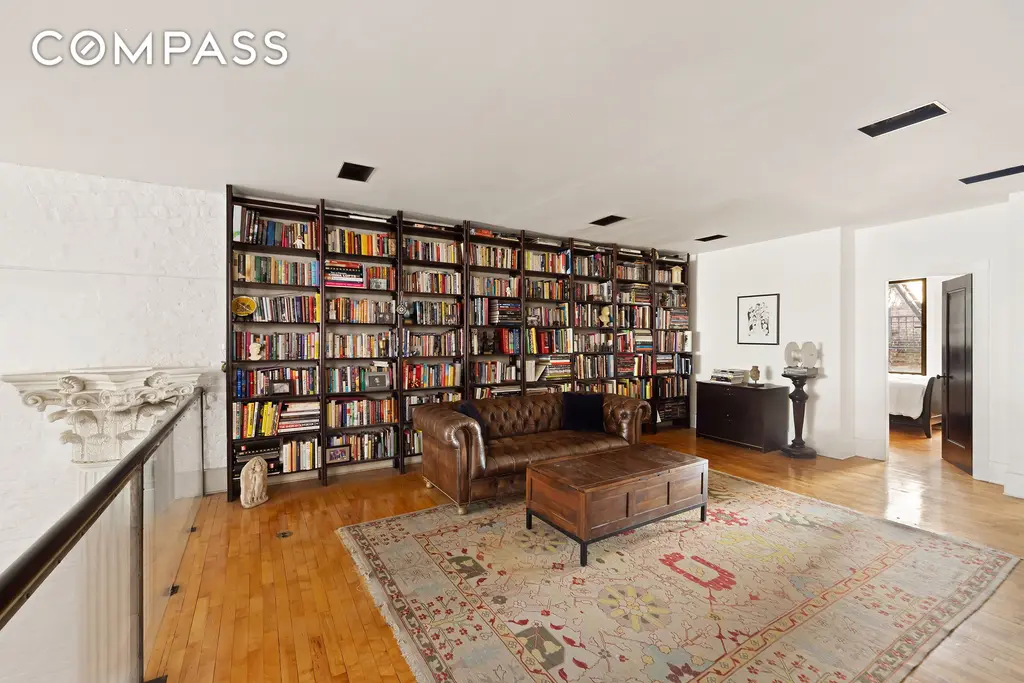
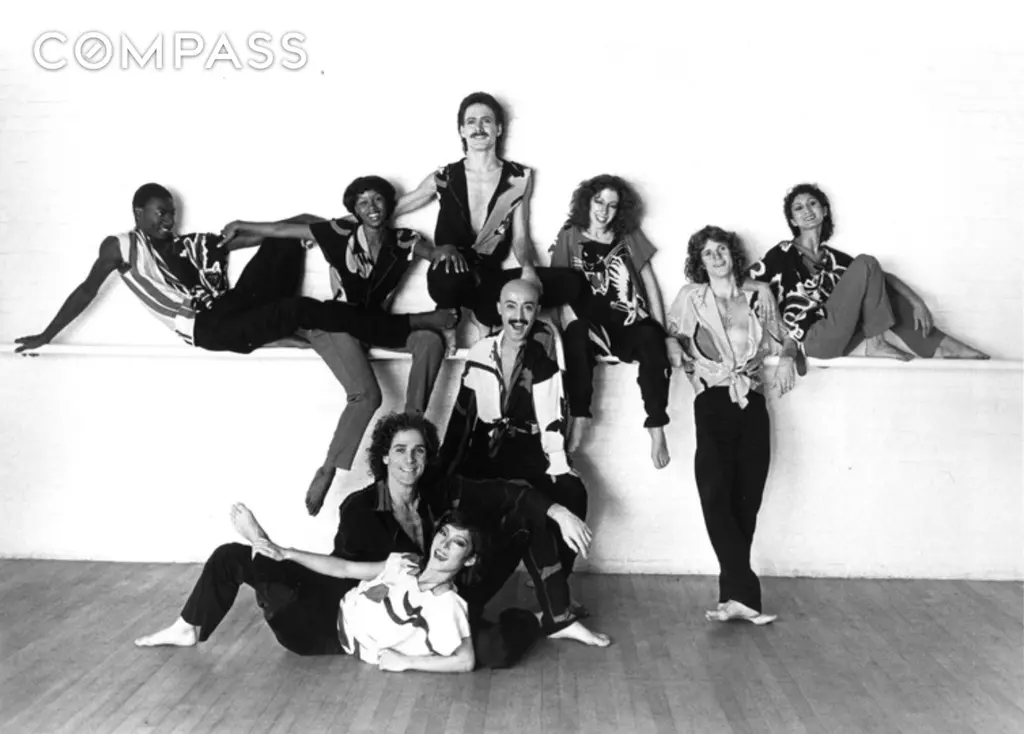
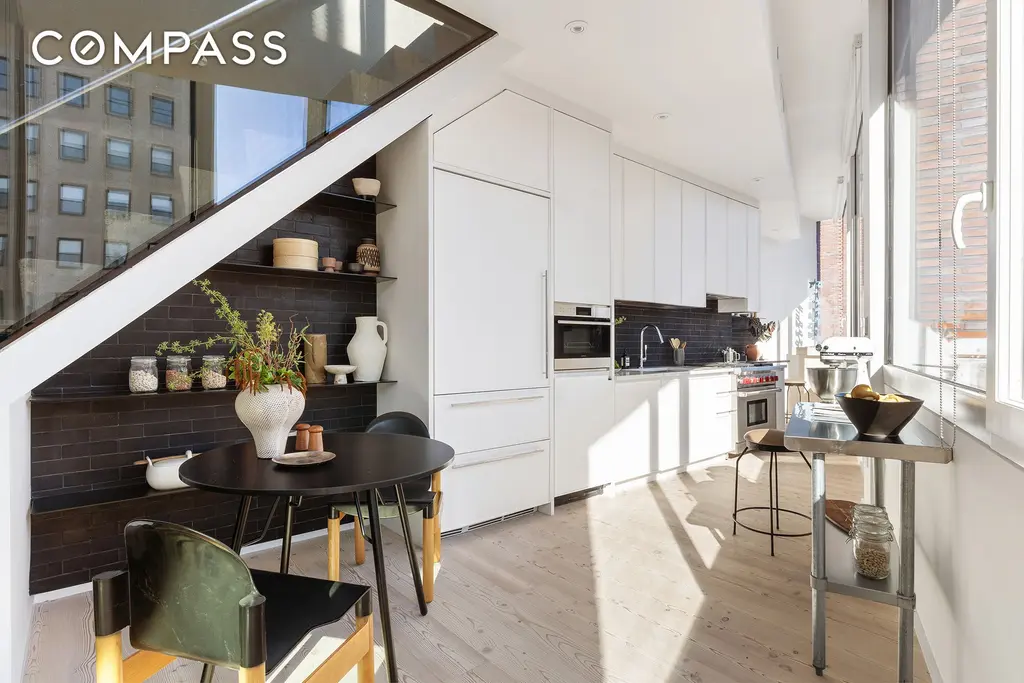
100 Franklin Street, #PHS (Compass)
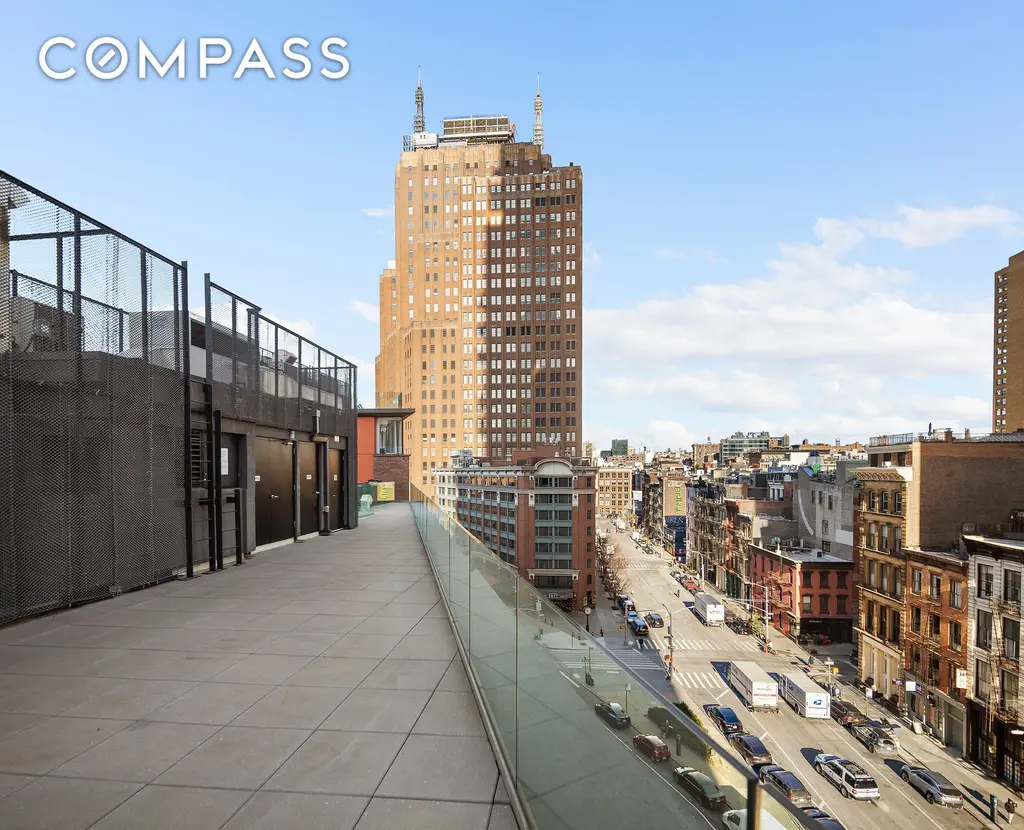
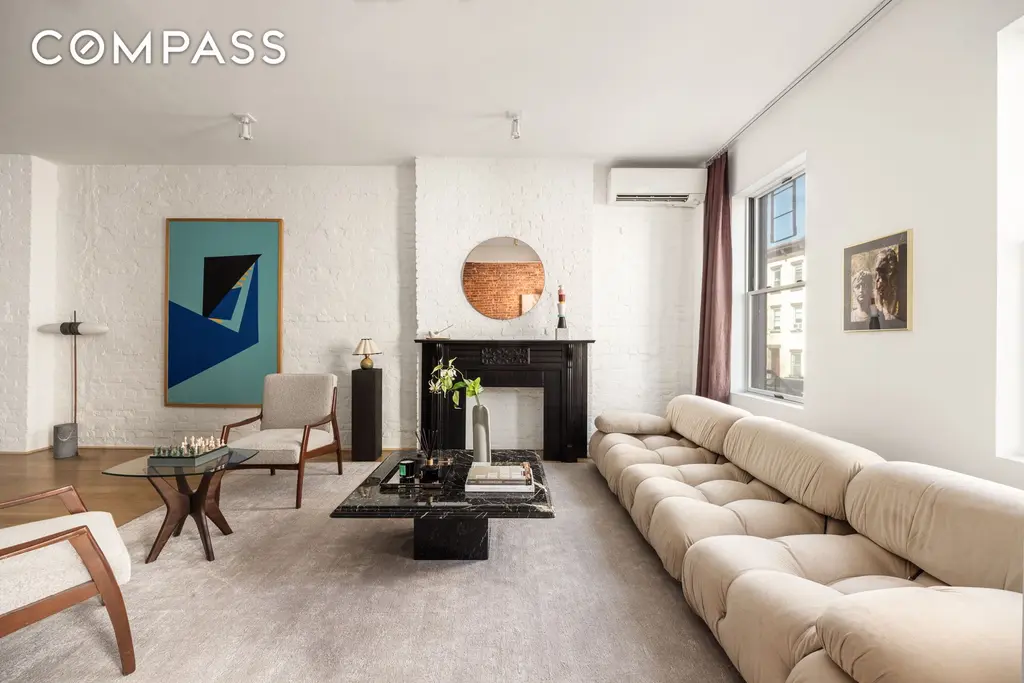
96 South 2nd Street, # (Compass)
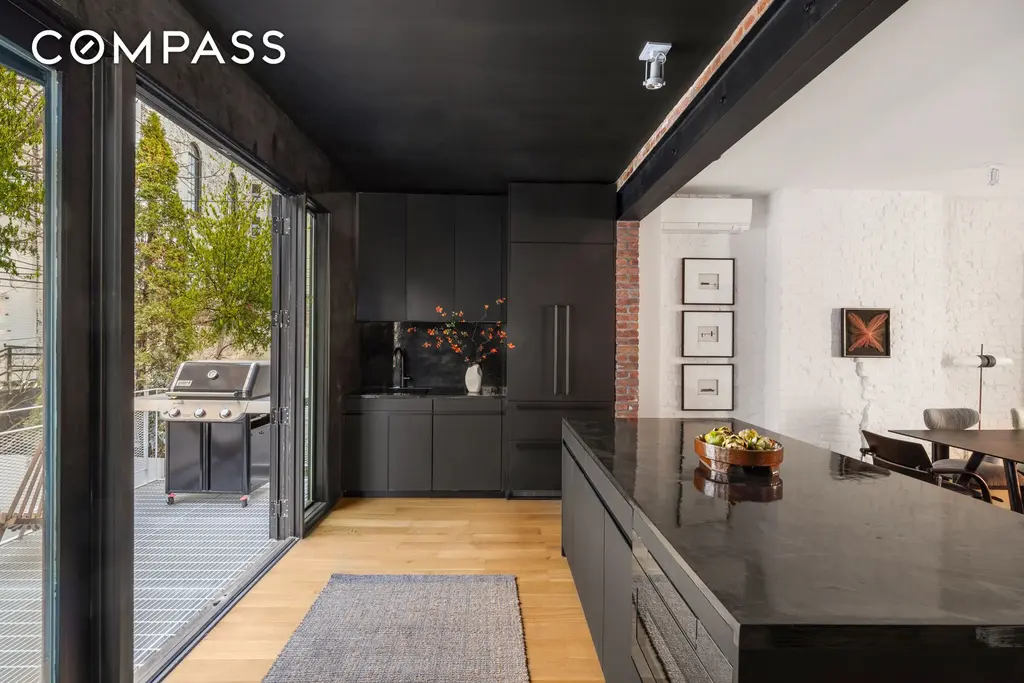
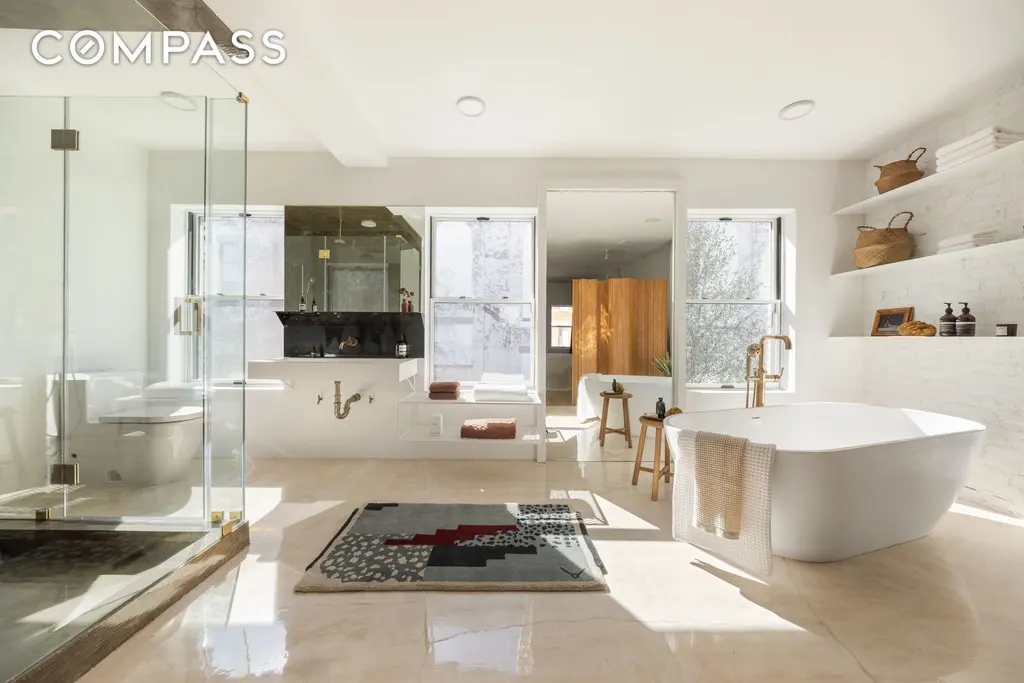
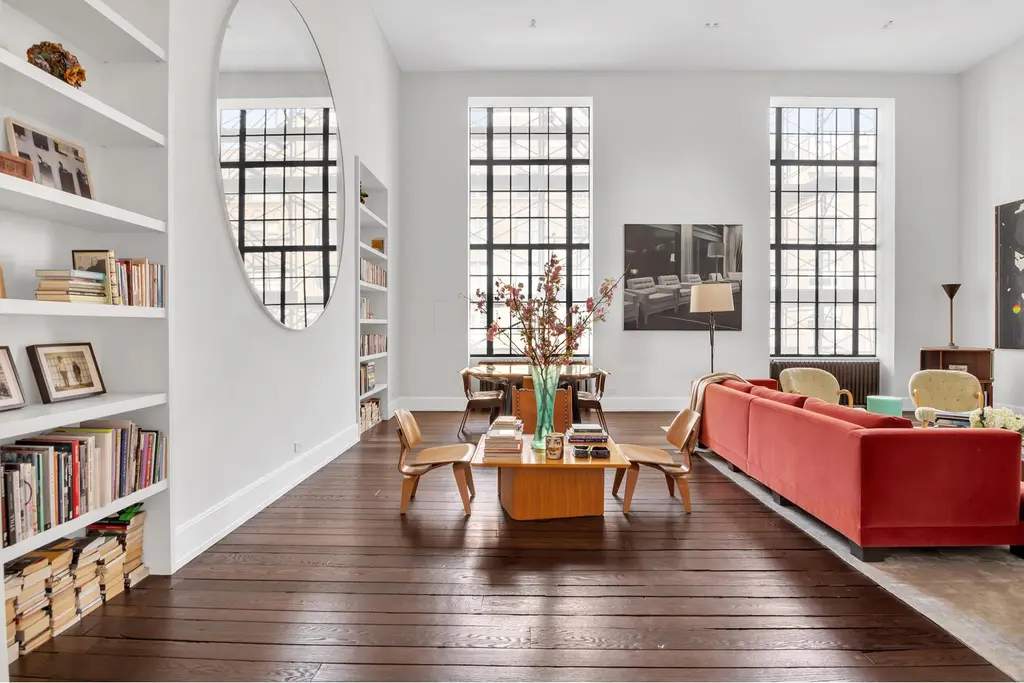
322 East 57th Street, #12A (Douglas Elliman Real Estate)
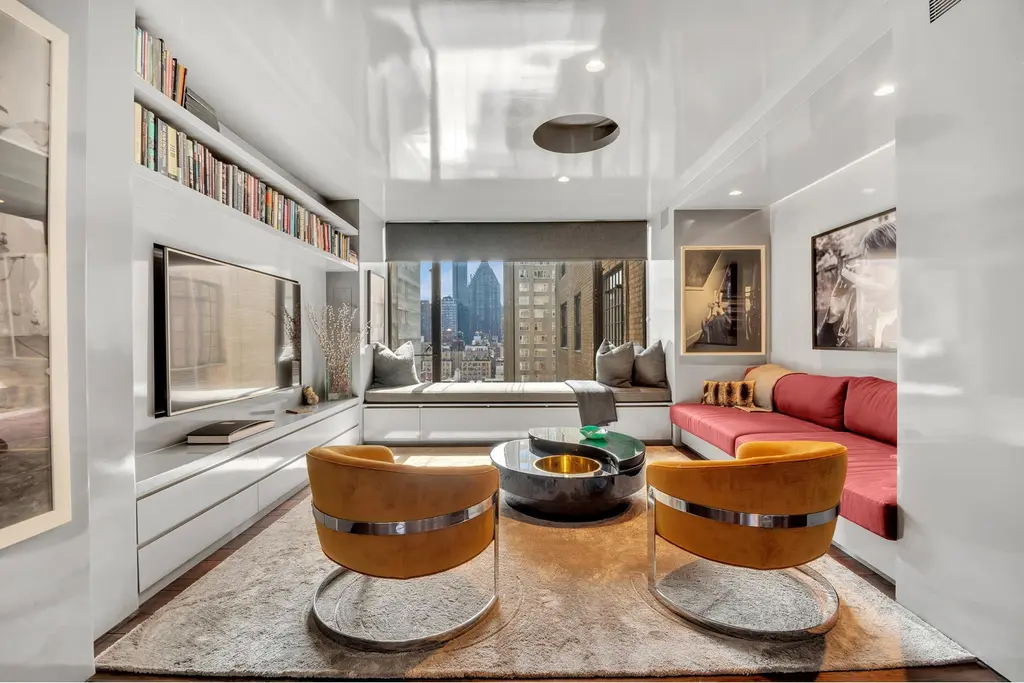
The Police Building, #4N
$8,995,000
NoLiTa/Little Italy | Cooperative | 3 Bedrooms, 3 Baths | 2,600 ft2
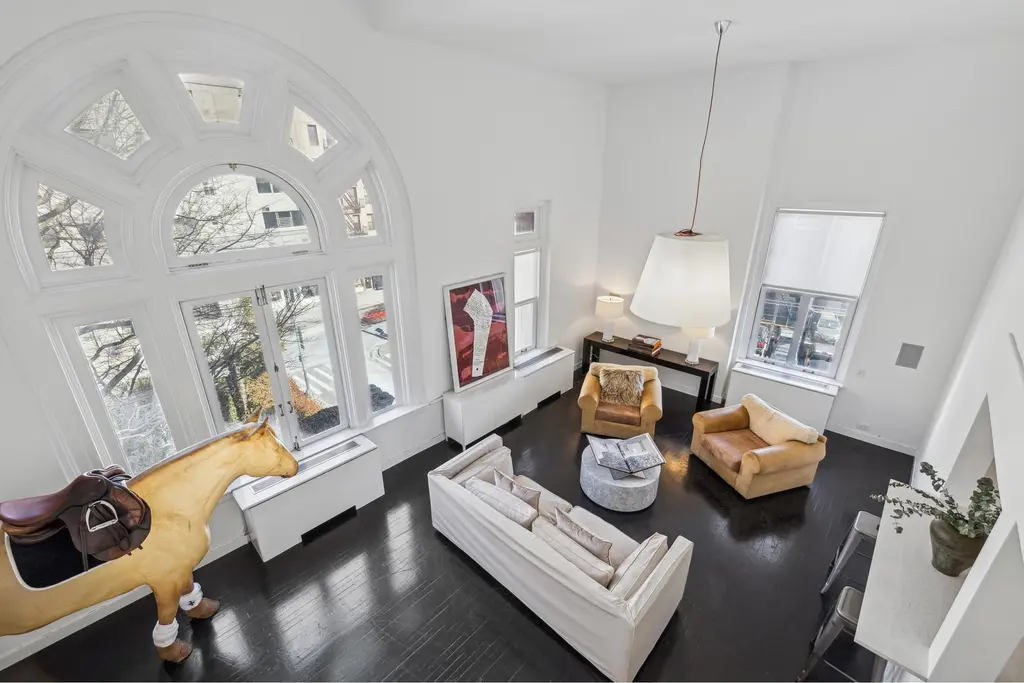
The Police Building, #4N (Douglas Elliman Real Estate)
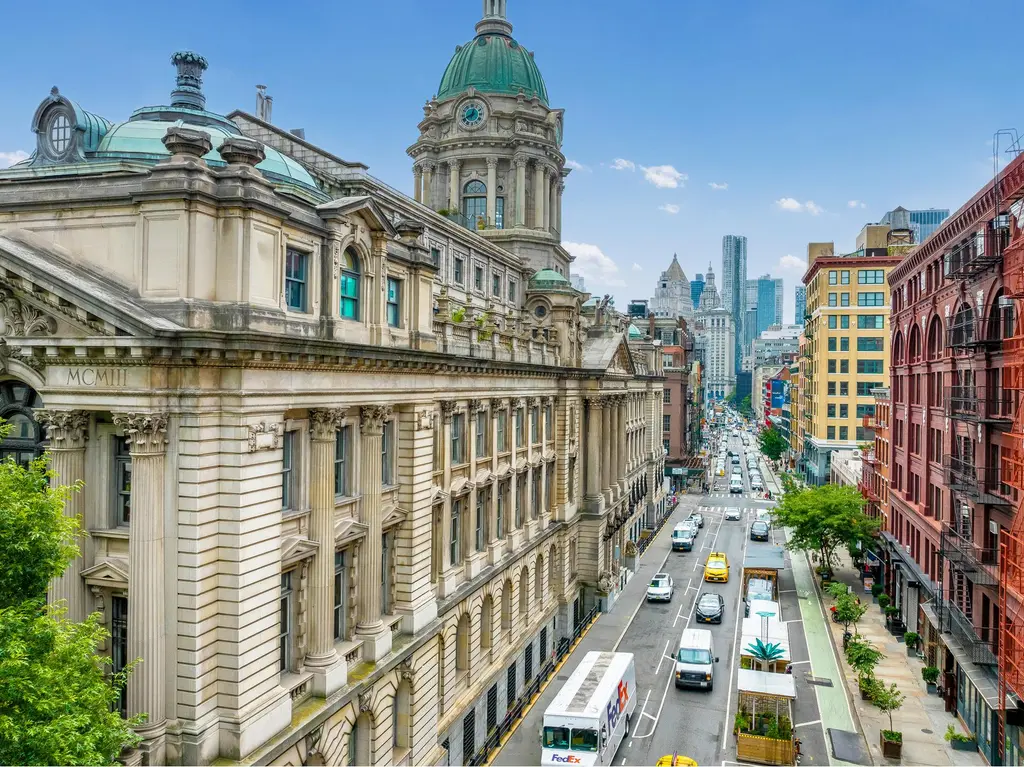
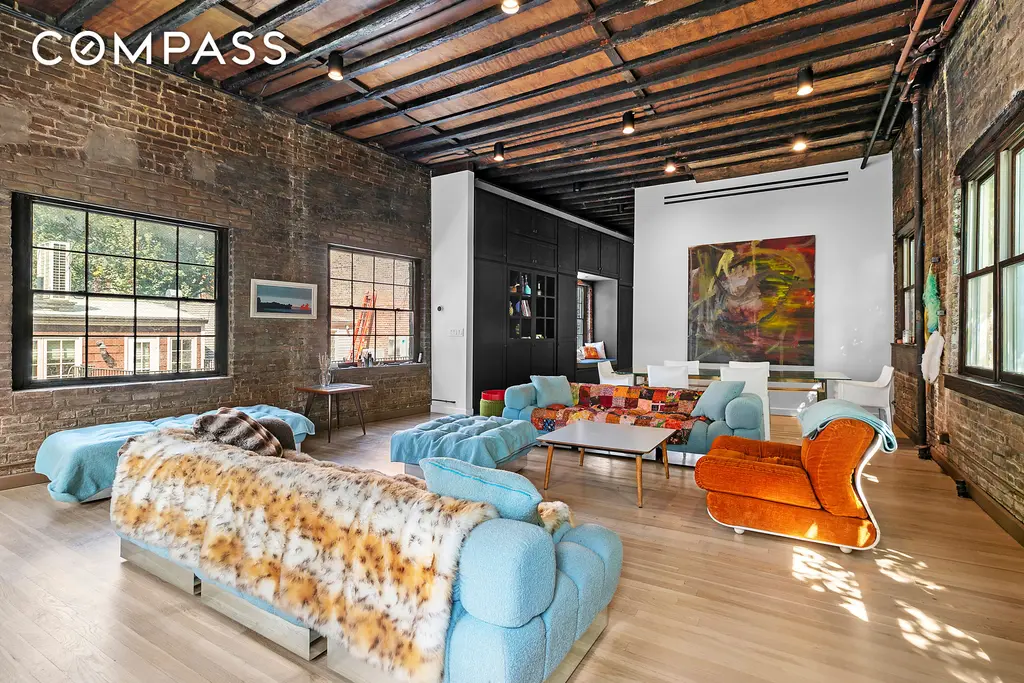
54 Seventh Avenue South, # (Compass)
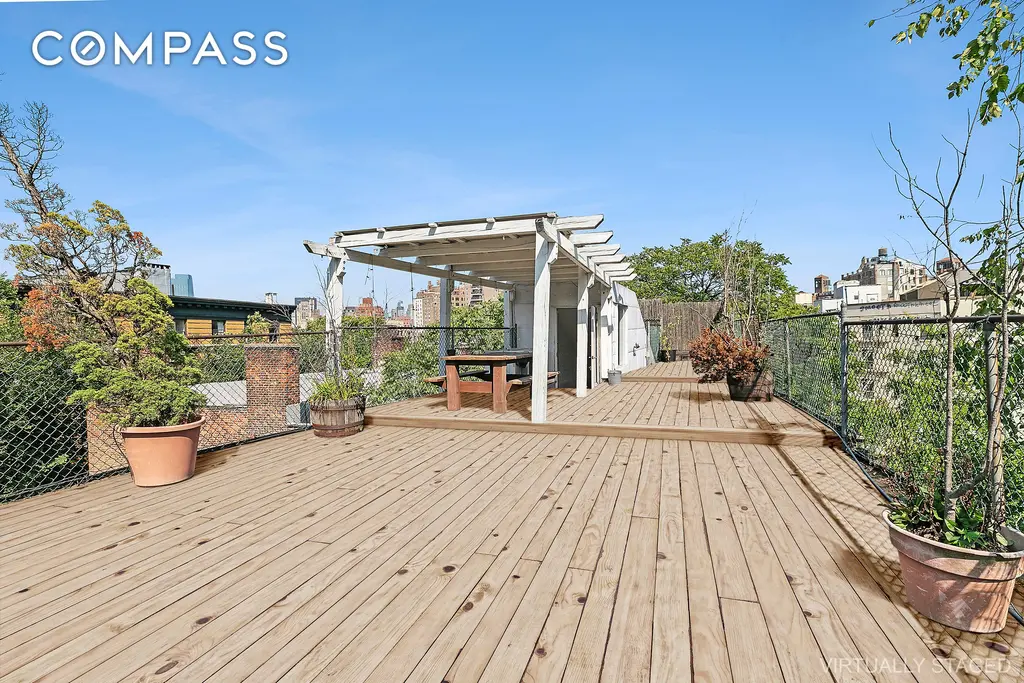
125 West 11th Street, #TH
$25,000,000
Greenwich Village | Townhouse | 6+ Bedrooms, 5.5 Baths | 7,878 ft2
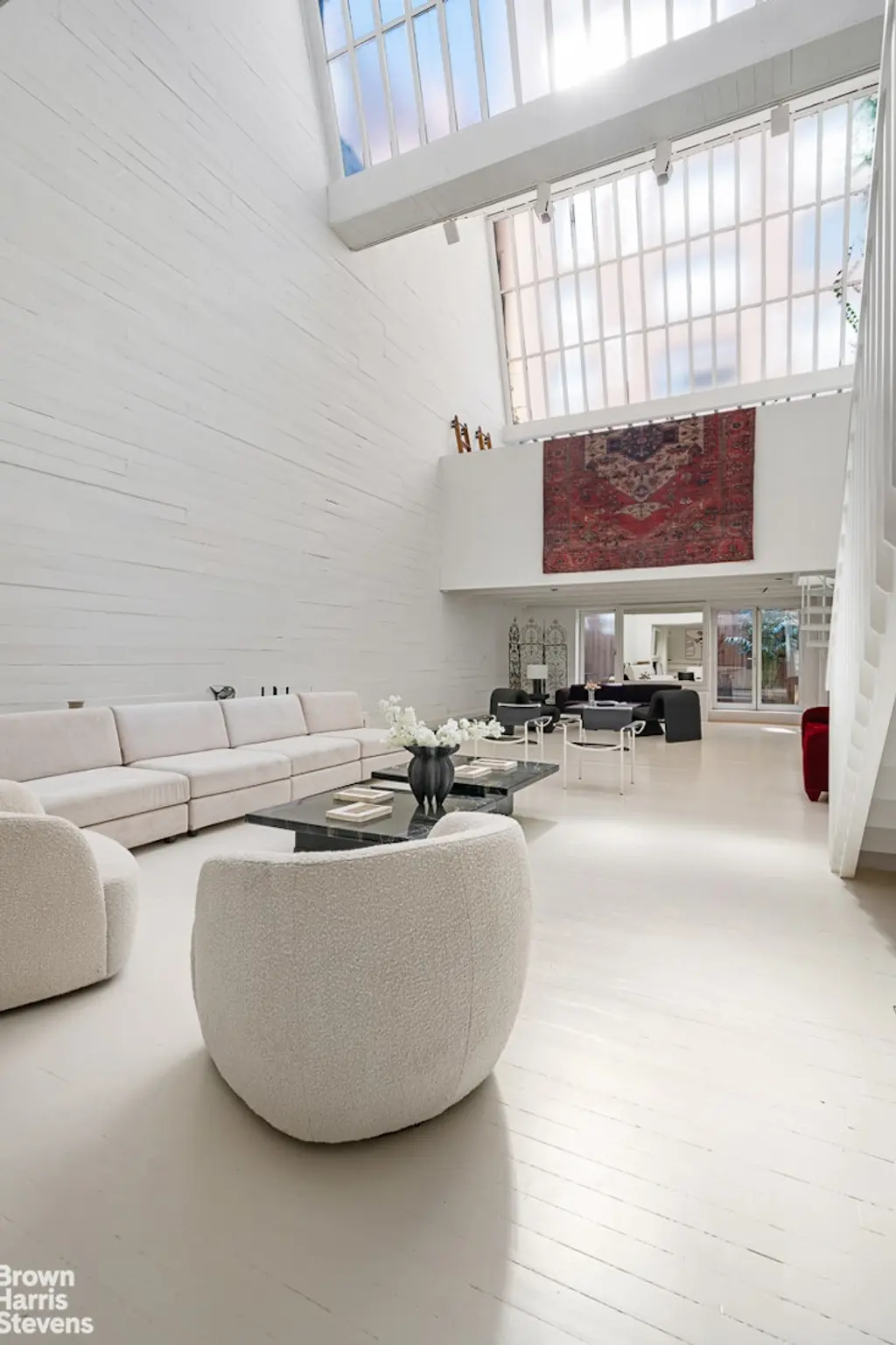
125 West 11th Street, # (Brown Harris Stevens Residential Sales LLC)
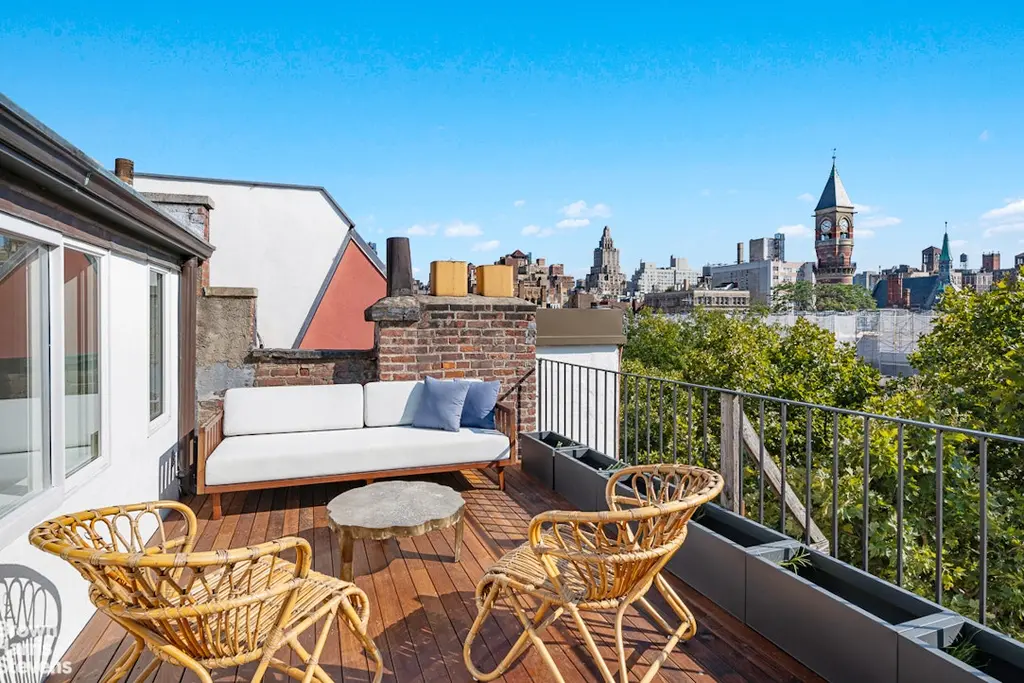
Would you like to tour any of these properties?
Just complete the info below.
Or call us at (212) 755-5544
Would you like to tour any of these properties?

Contributing Writer
Cait Etherington
Cait Etherington has over twenty years of experience working as a journalist and communications consultant. Her articles and reviews have been published in newspapers and magazines across the United States and internationally. An experienced financial writer, Cait is committed to exposing the human side of stories about contemporary business, banking and workplace relations. She also enjoys writing about trends, lifestyles and real estate in New York City where she lives with her family in a cozy apartment on the twentieth floor of a Manhattan high rise.

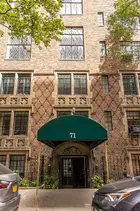
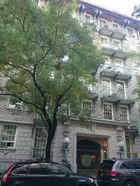
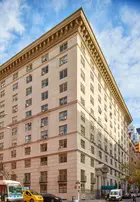
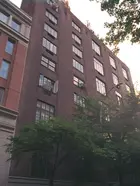
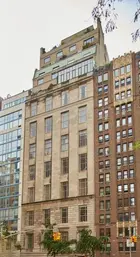
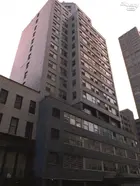
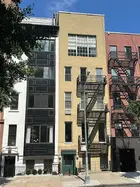
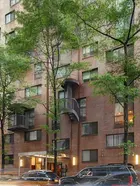
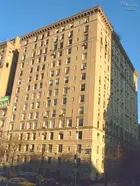
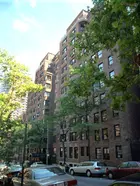
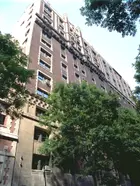
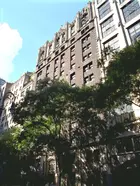
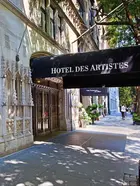
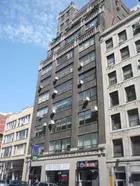
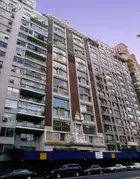
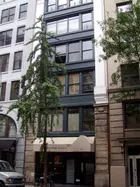
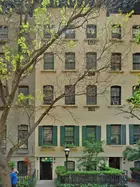
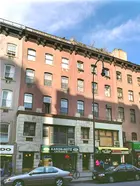
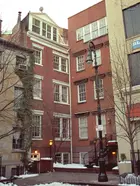

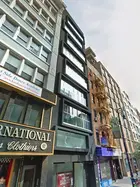

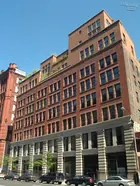
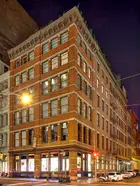
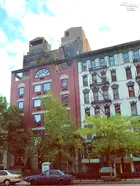
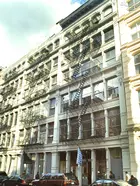
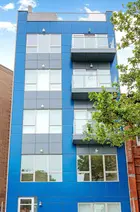

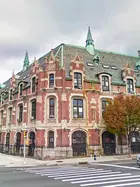
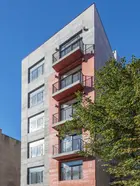
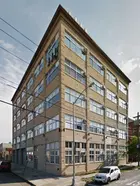
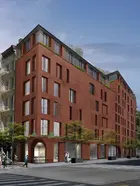
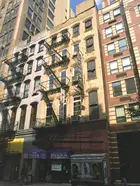
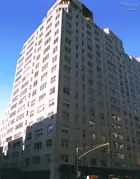
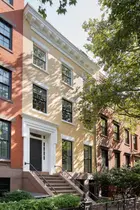
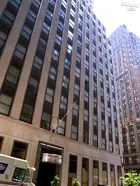
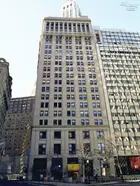
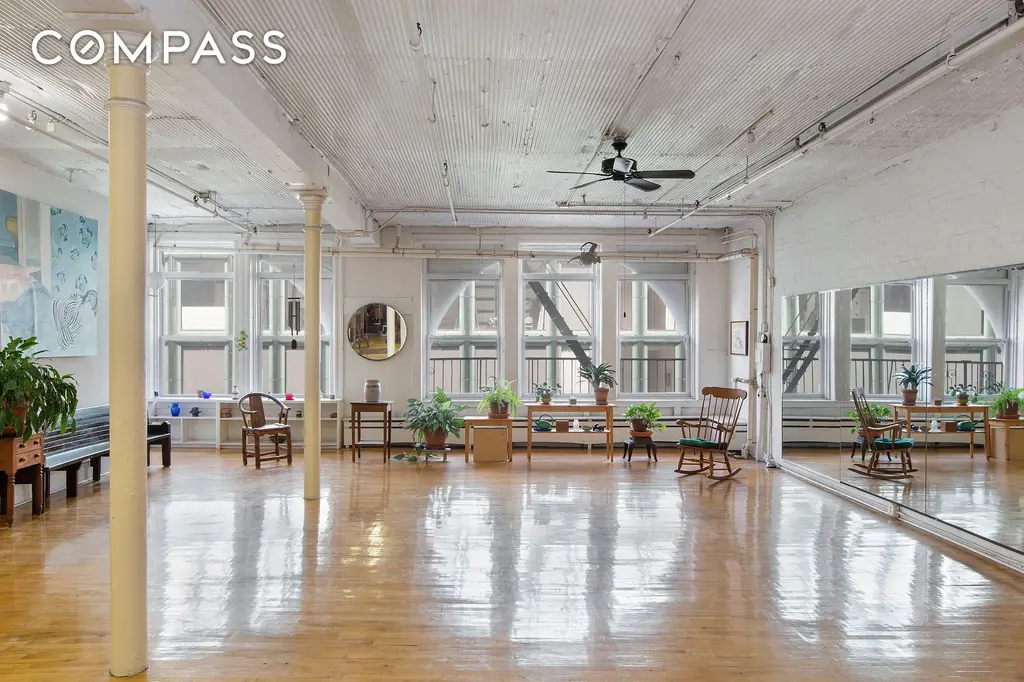
 6sqft delivers the latest on real estate, architecture, and design, straight from New York City.
6sqft delivers the latest on real estate, architecture, and design, straight from New York City.
